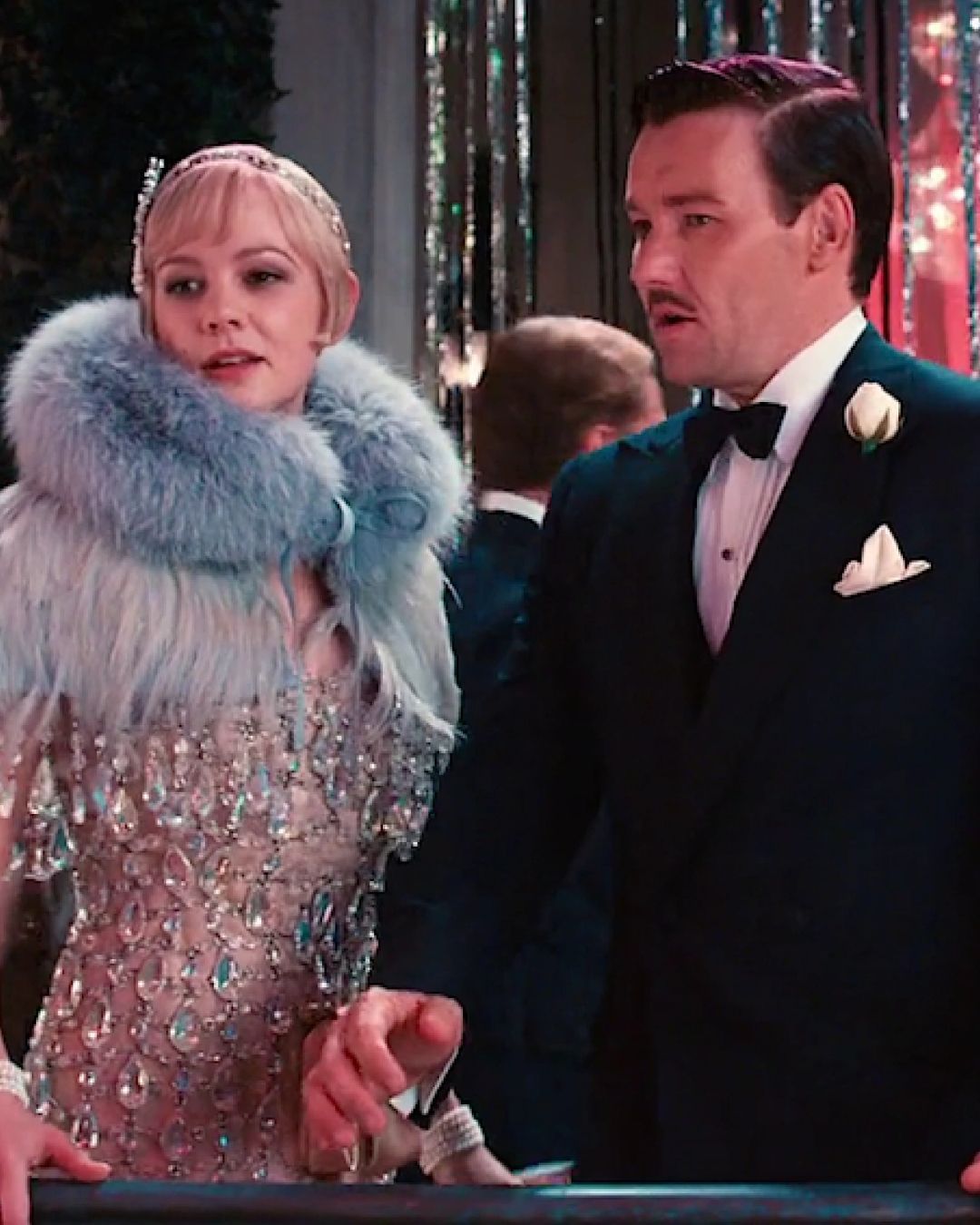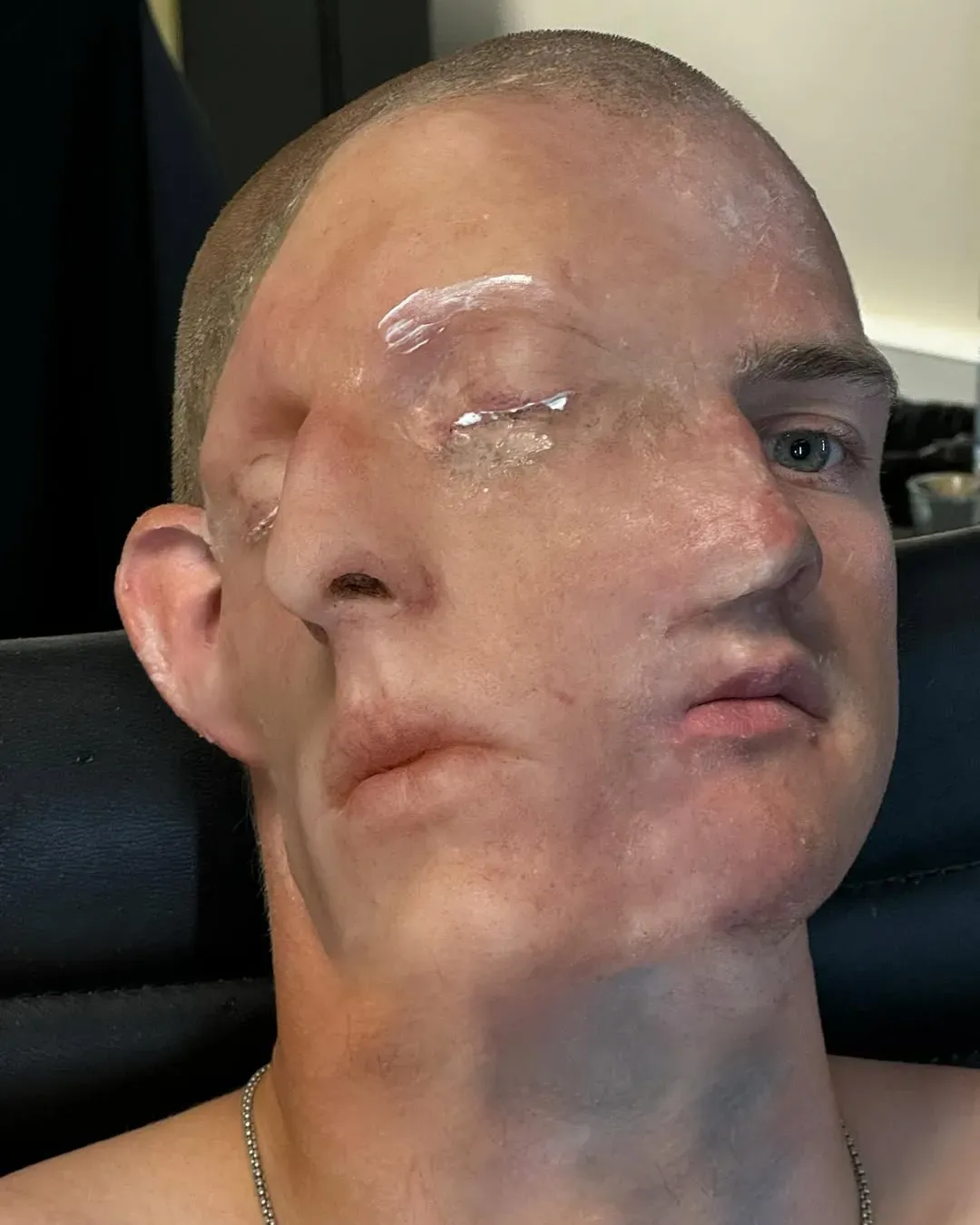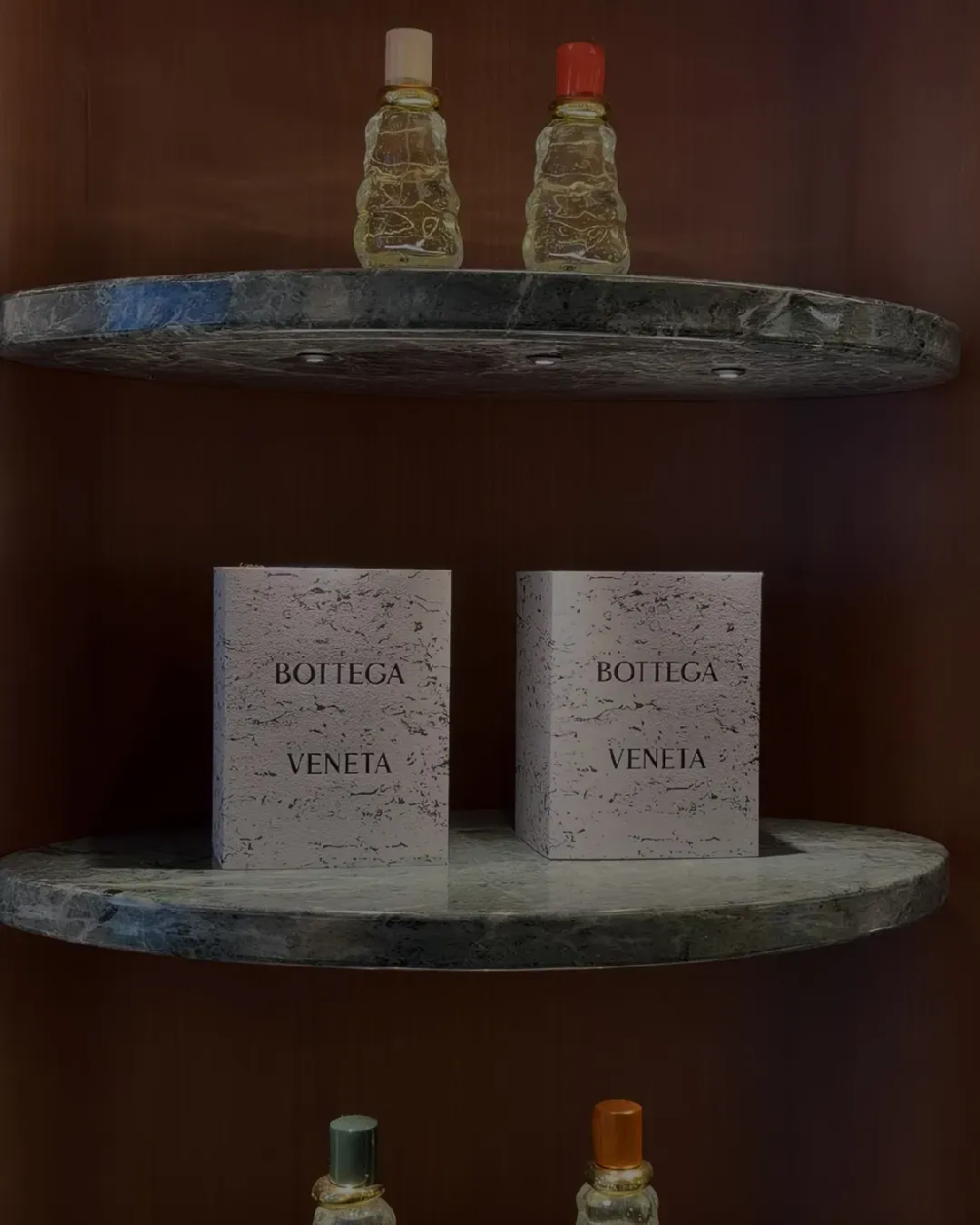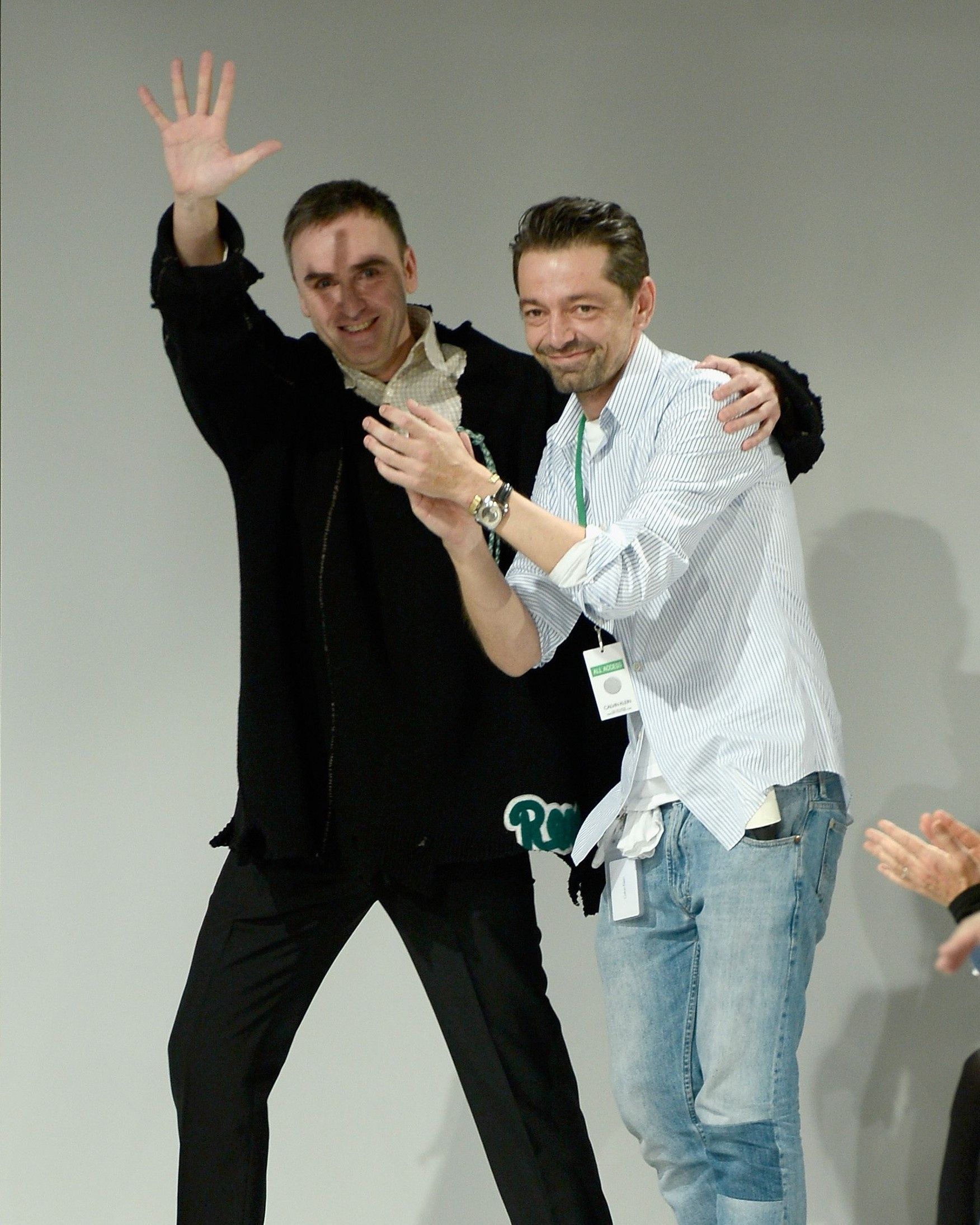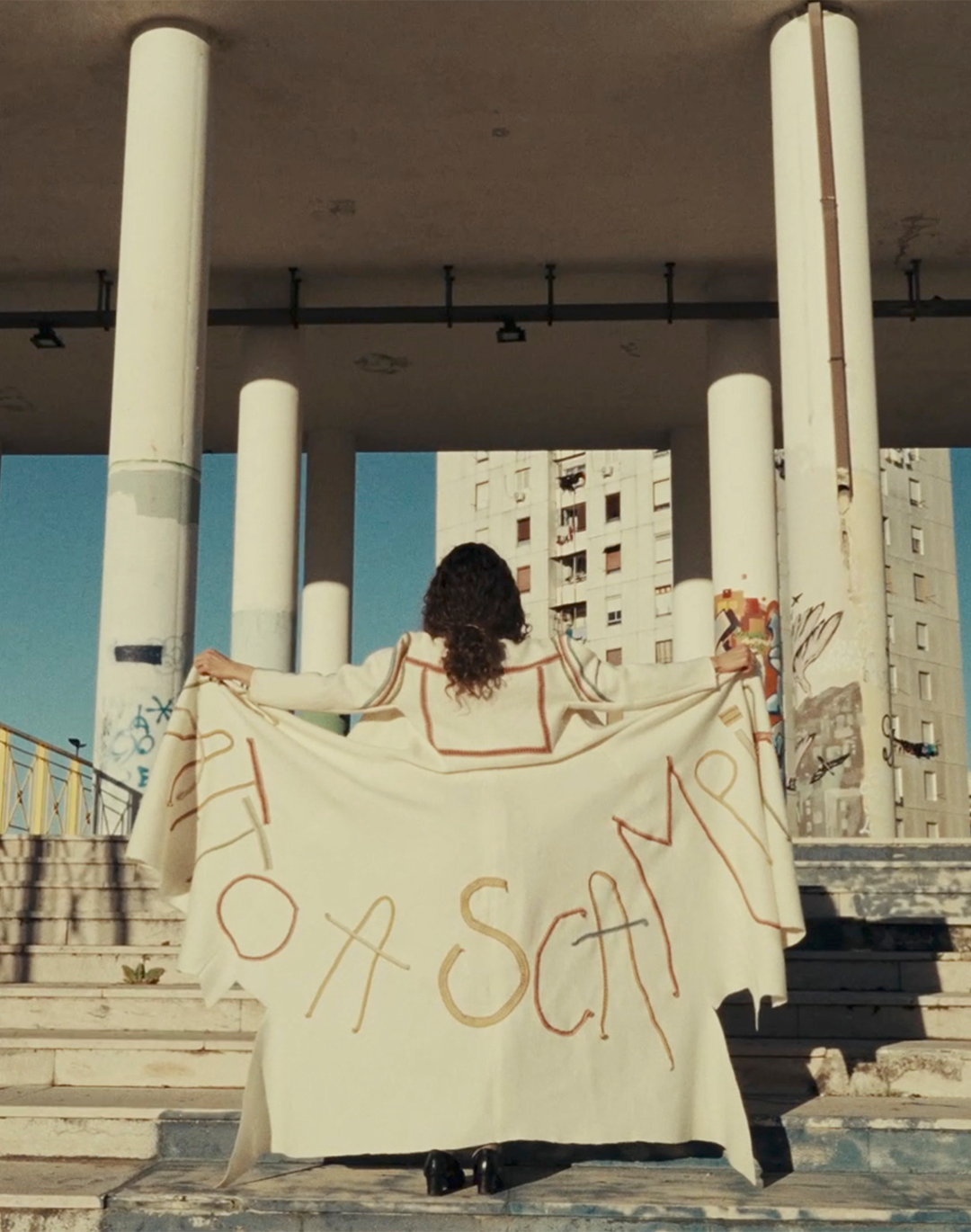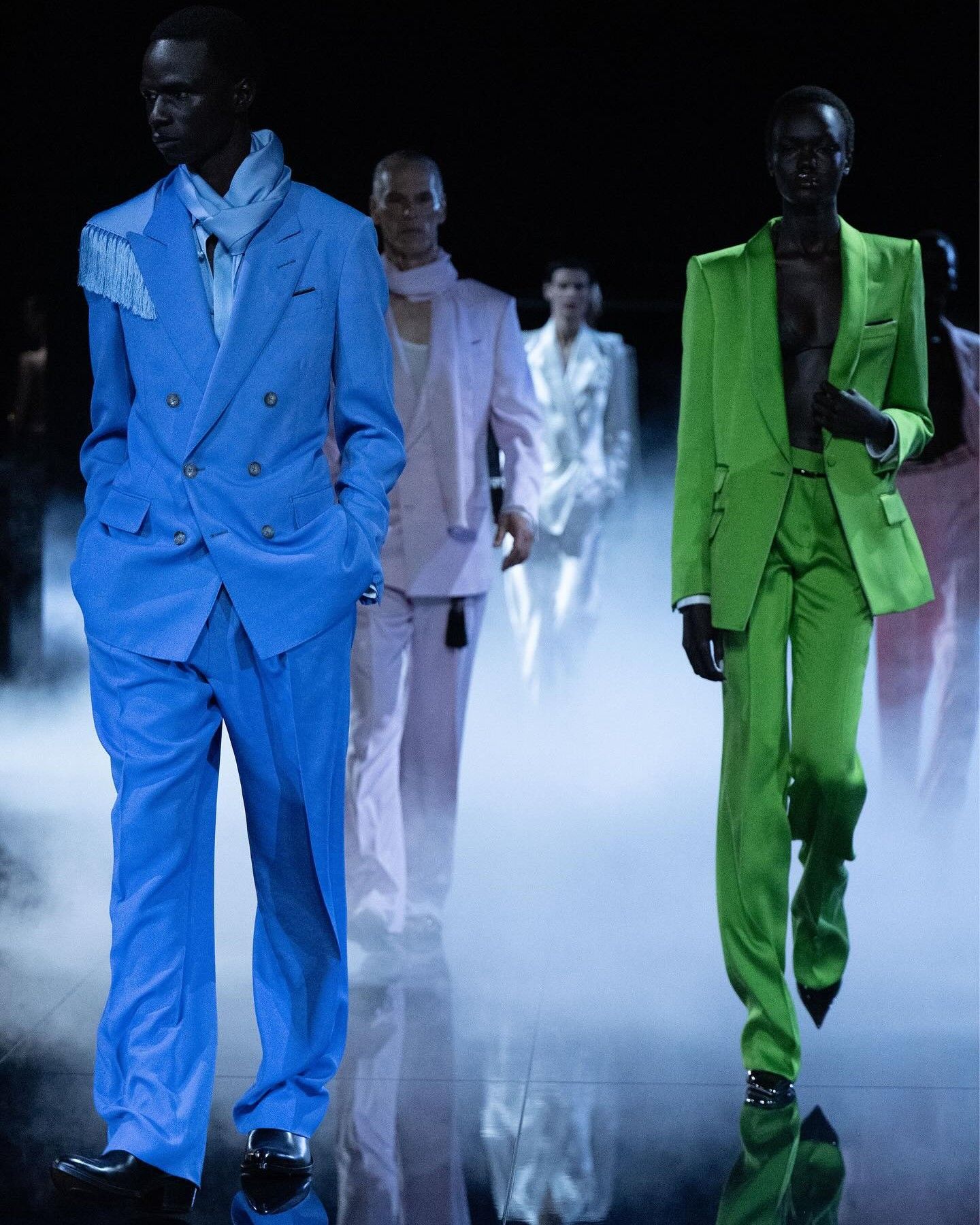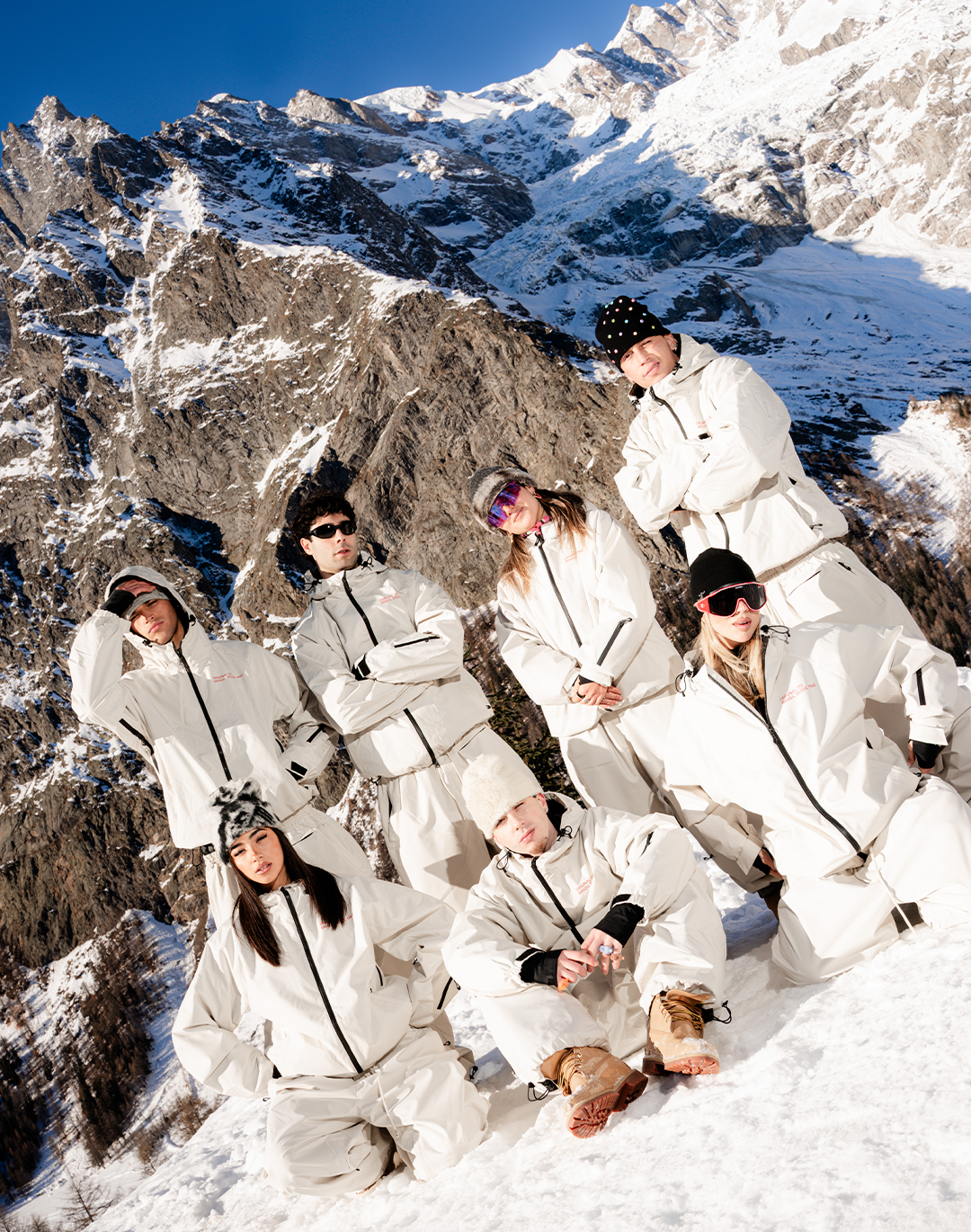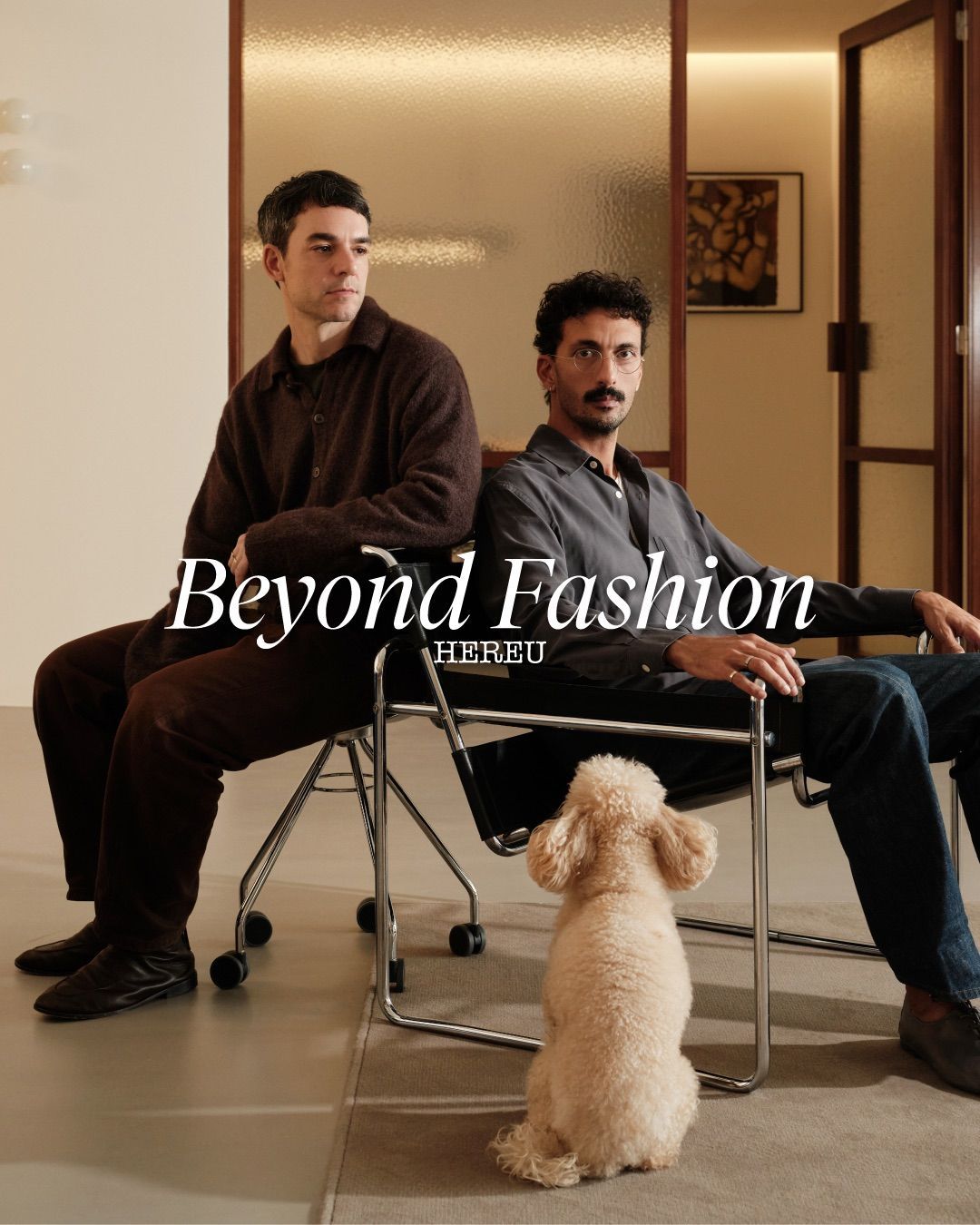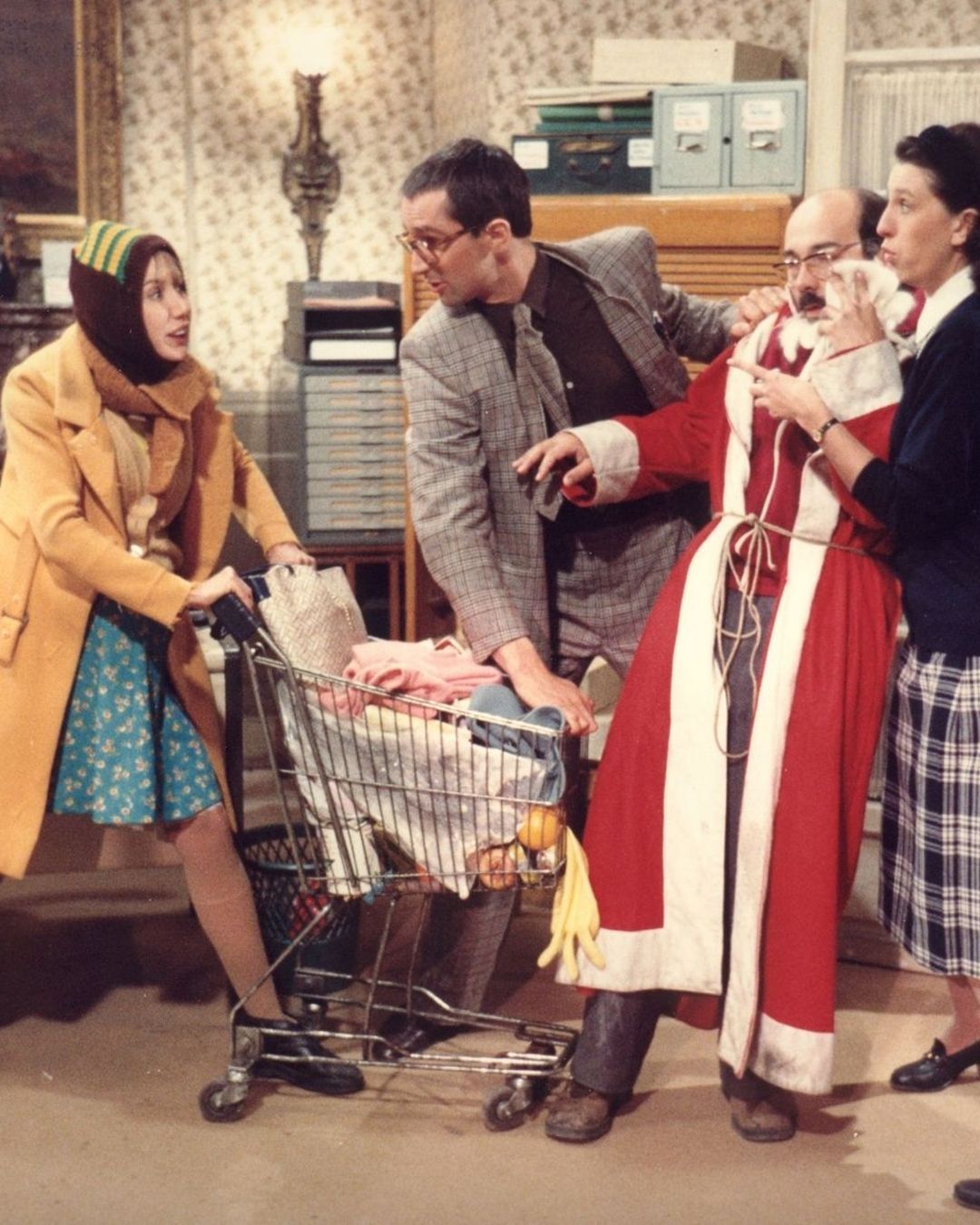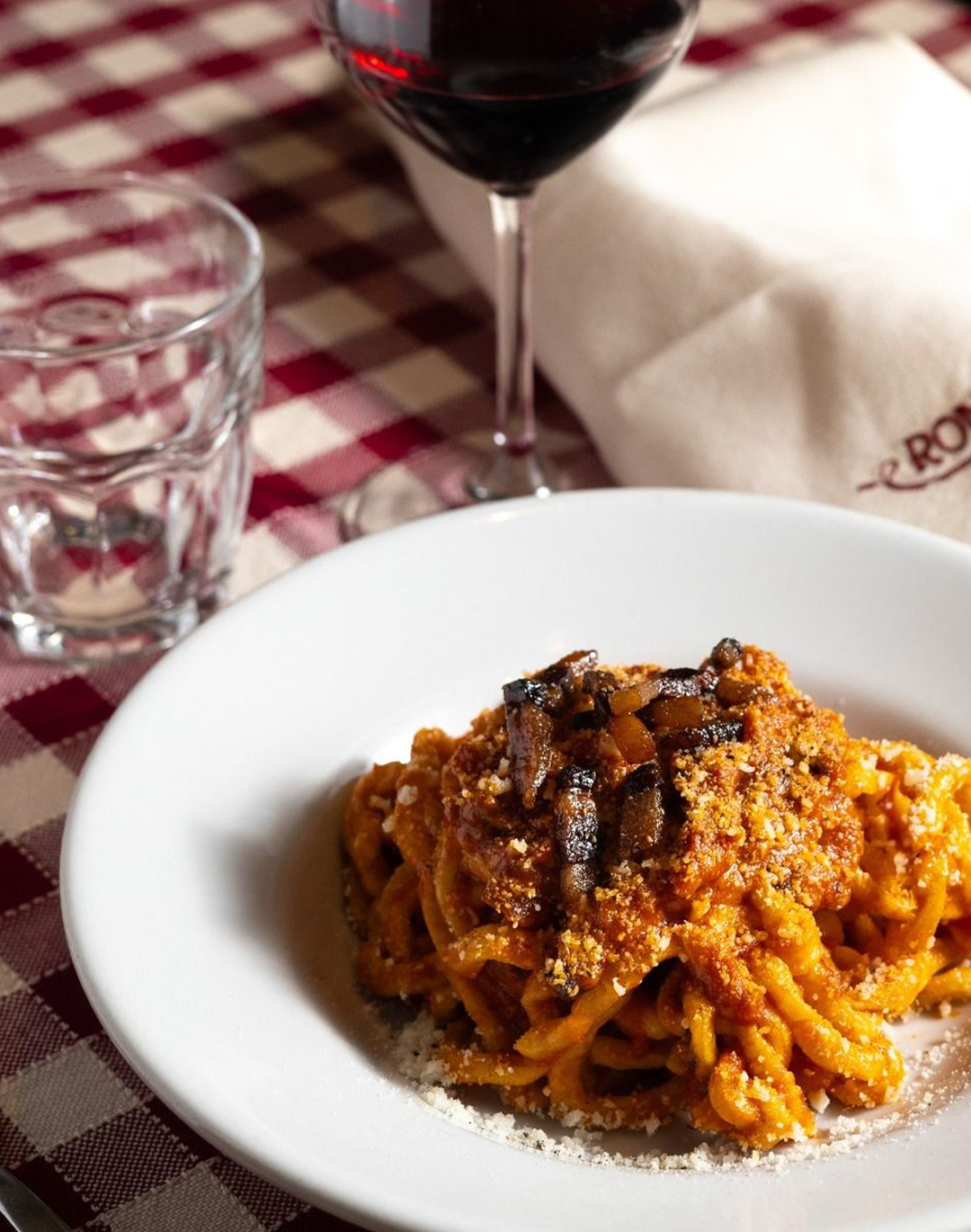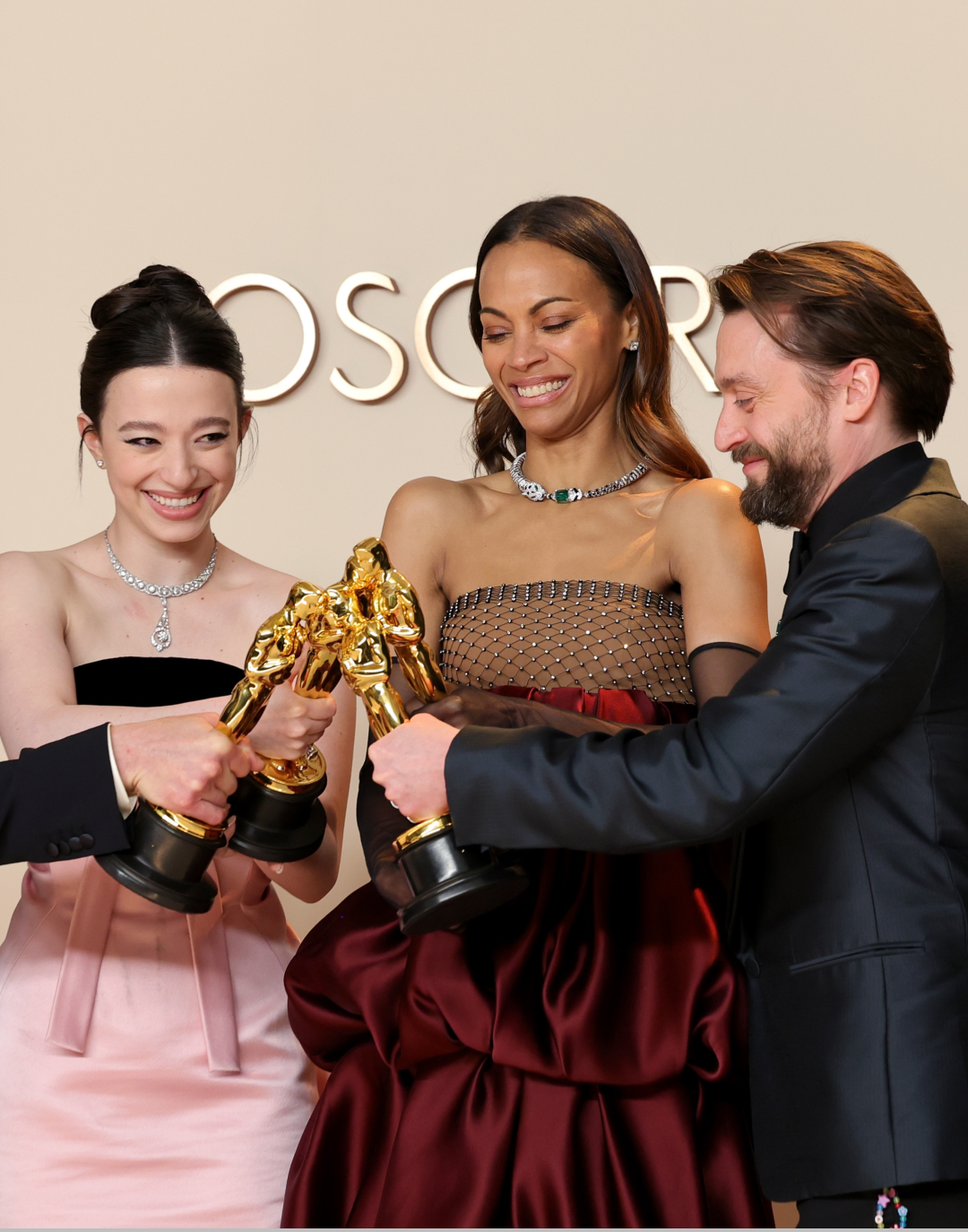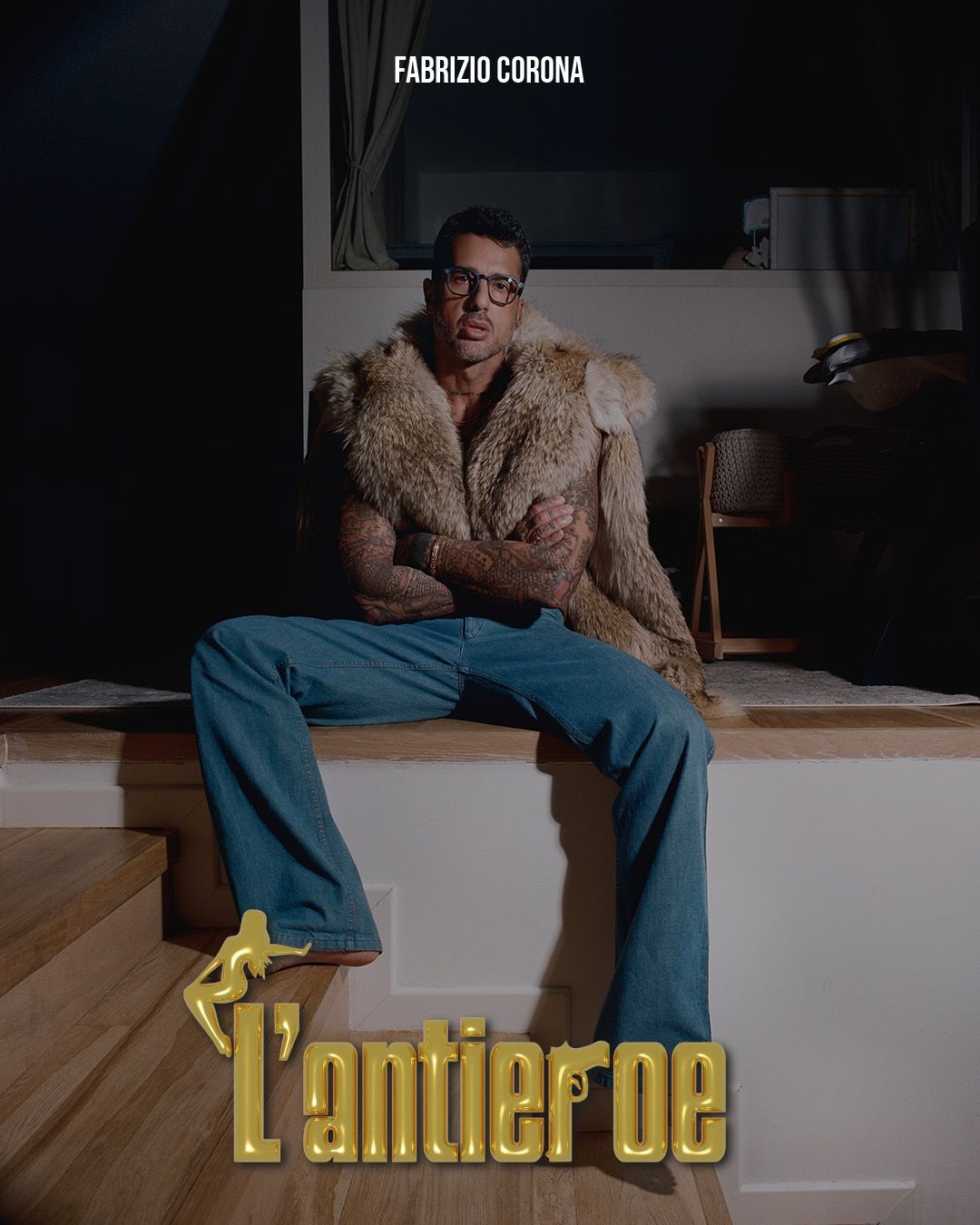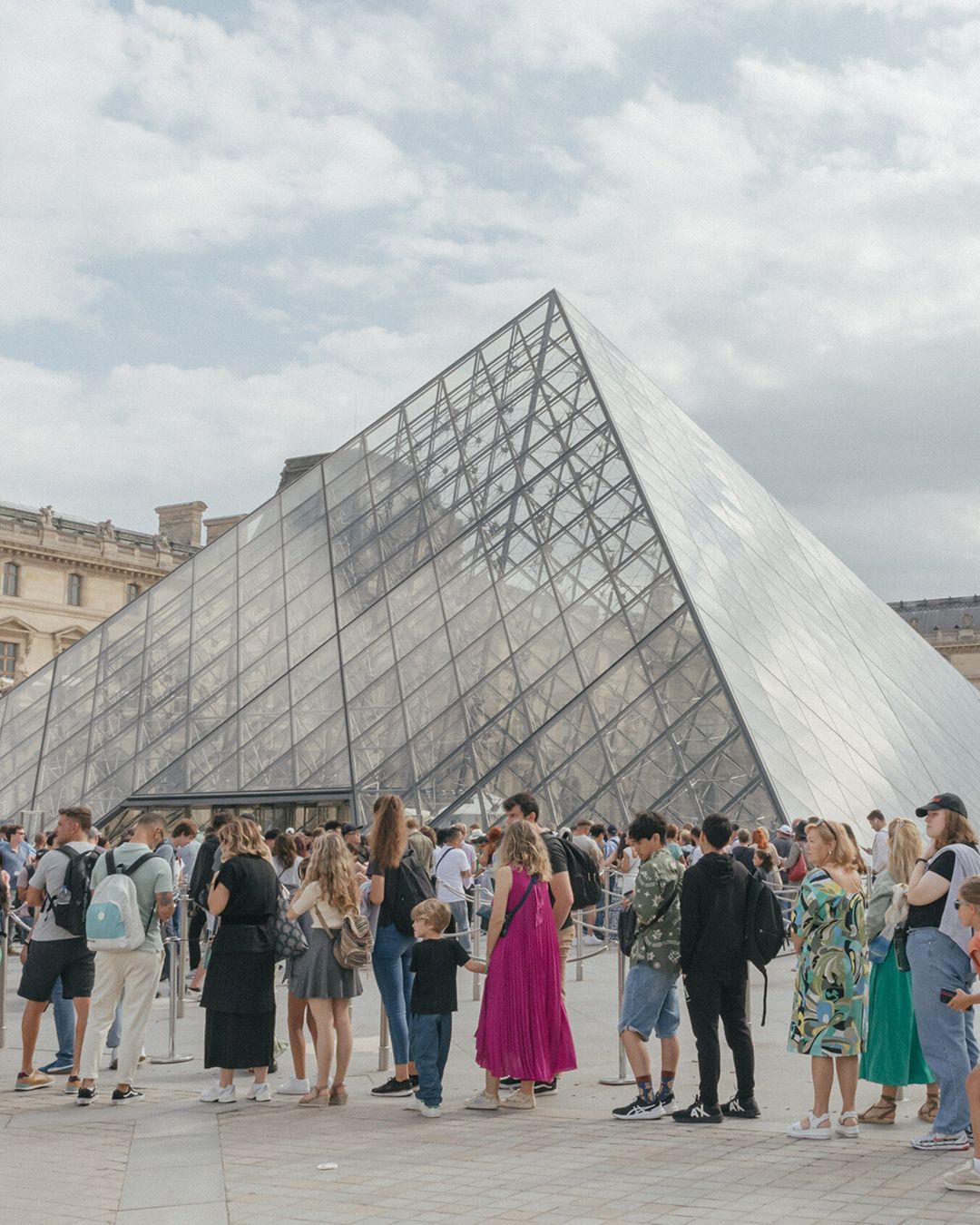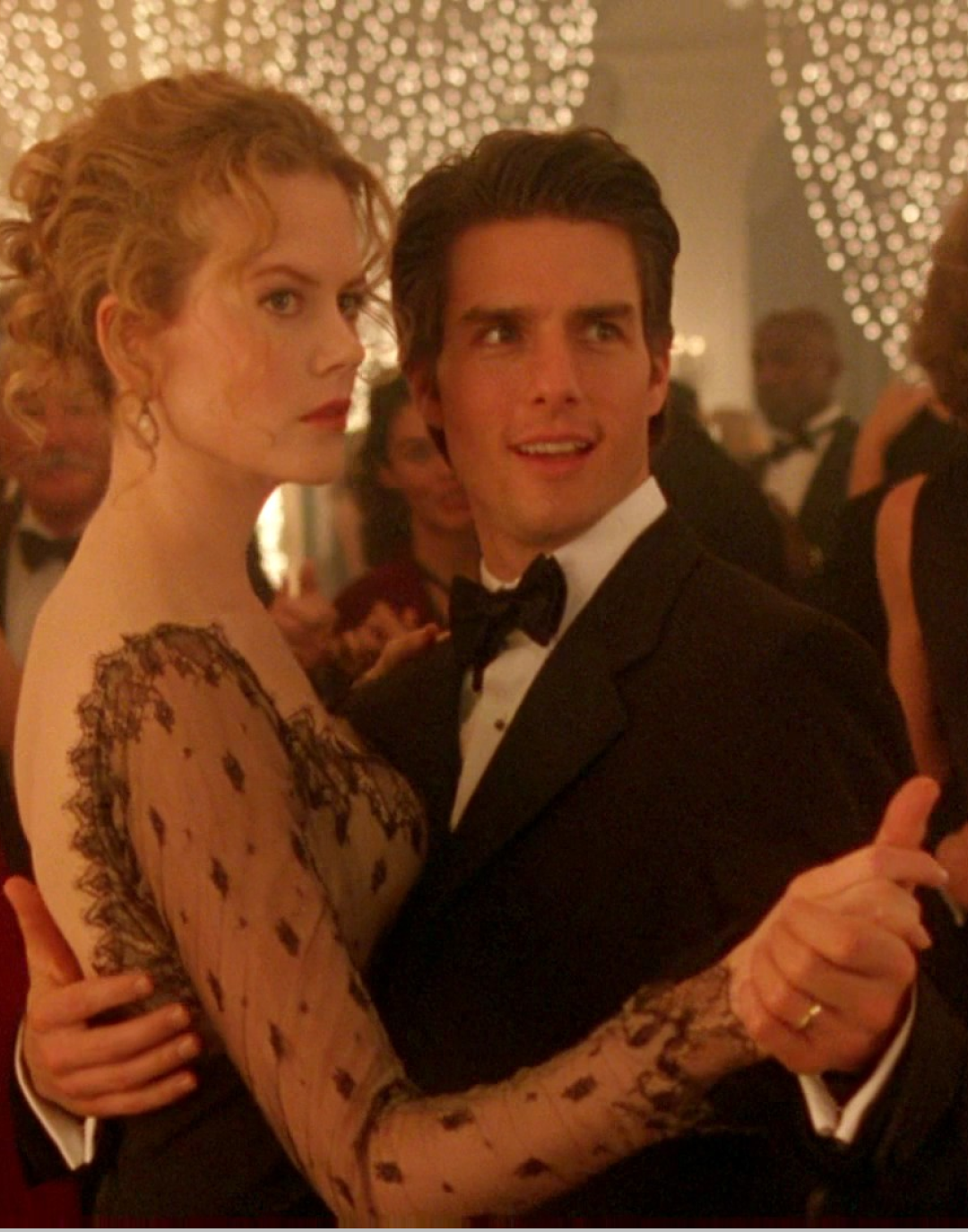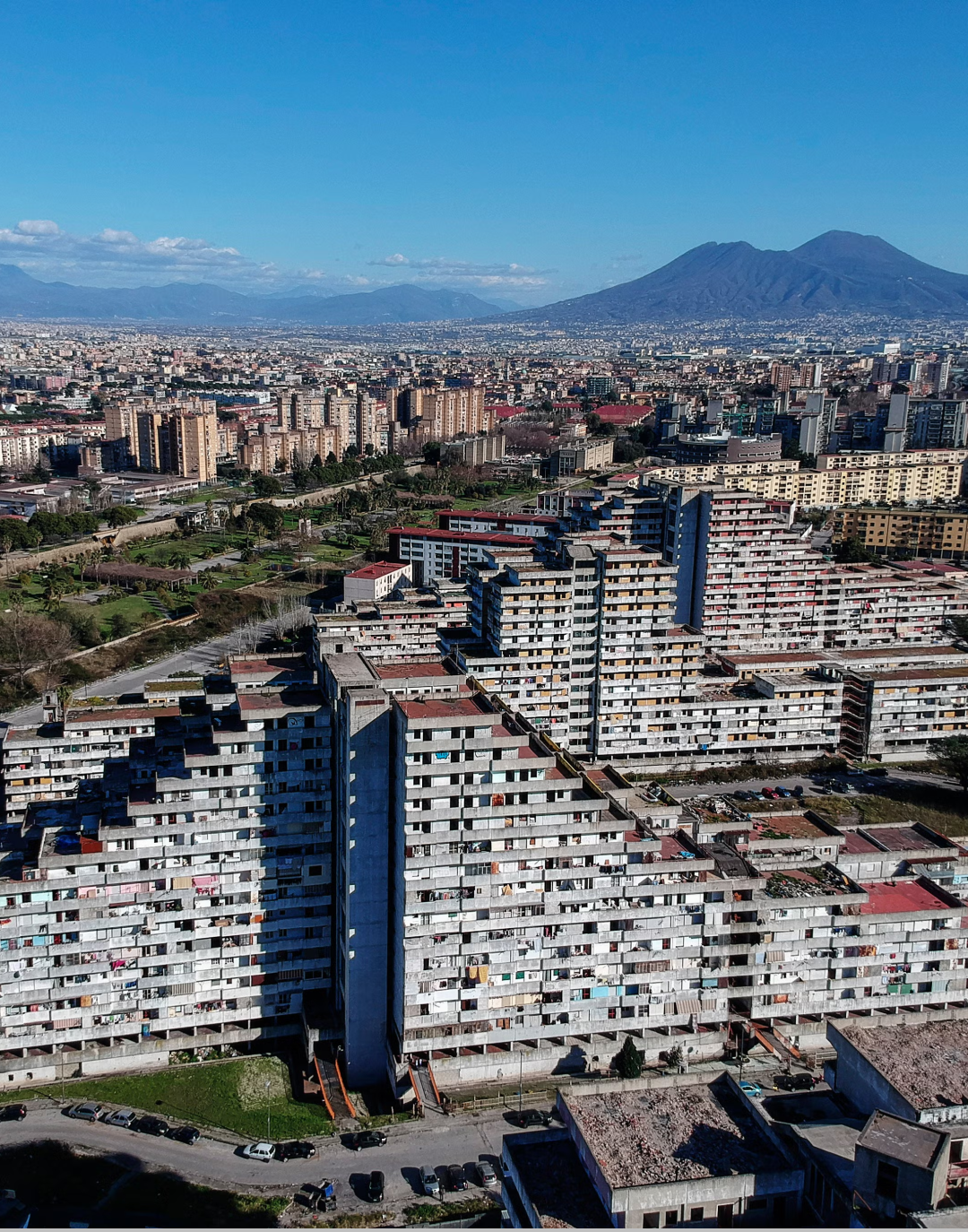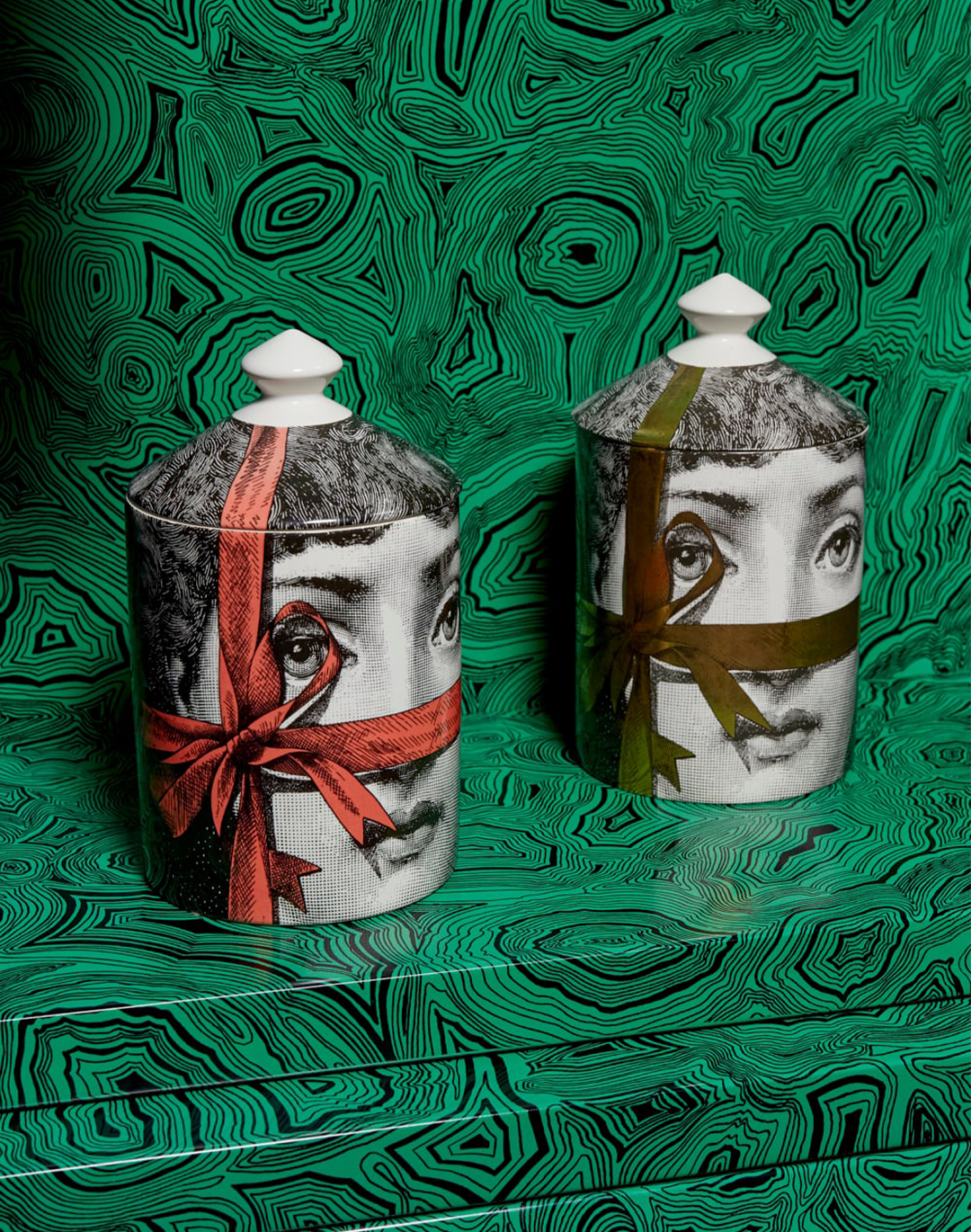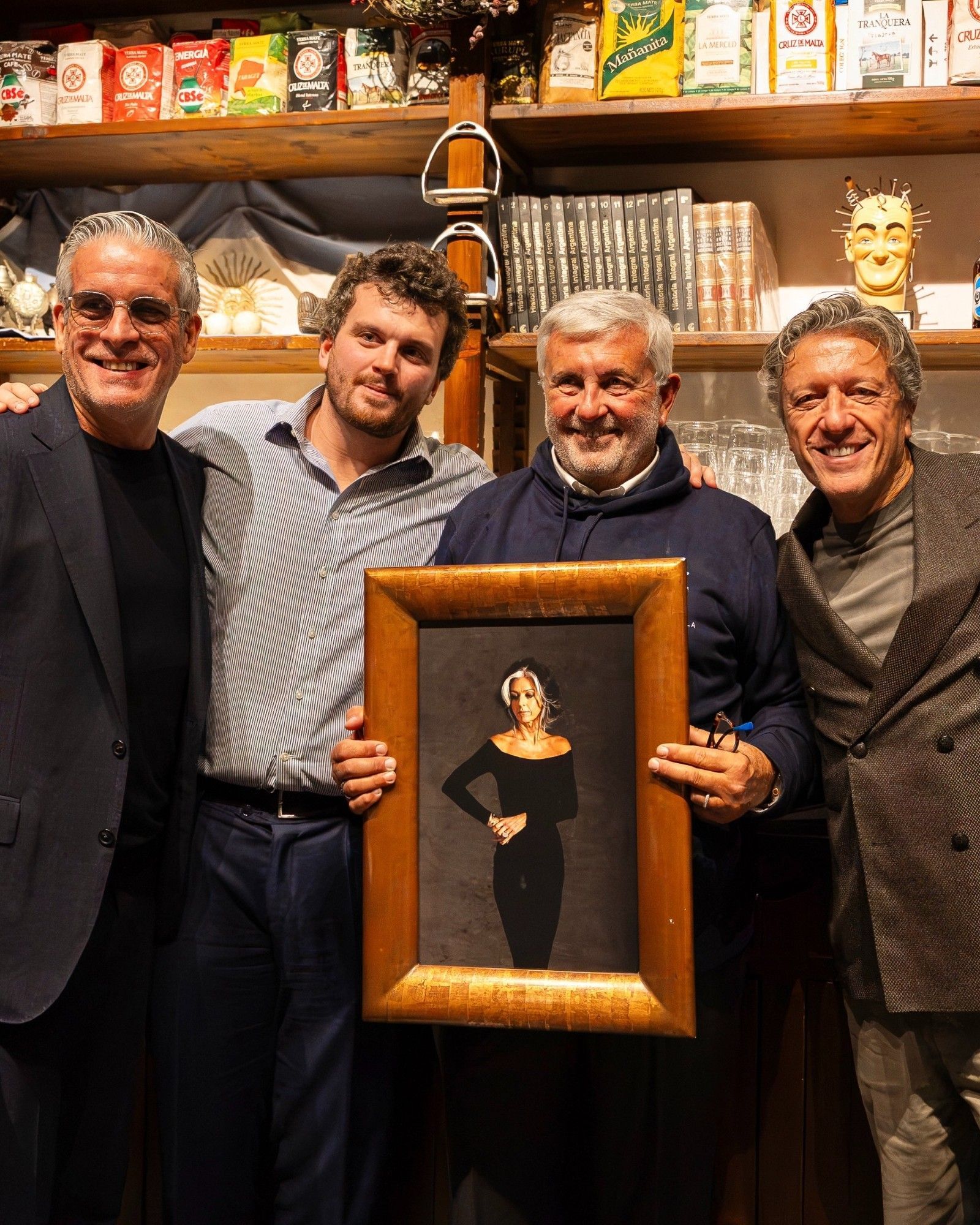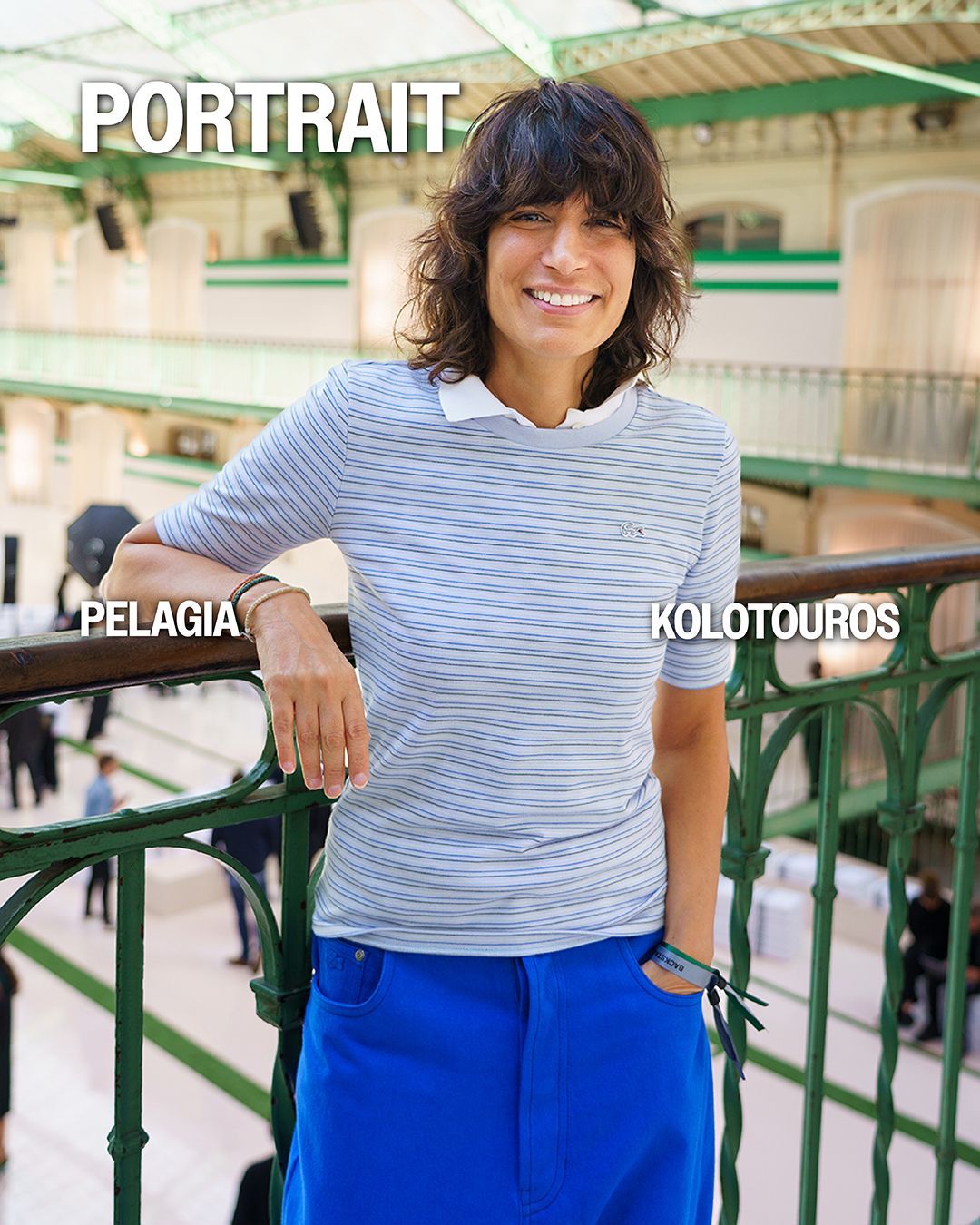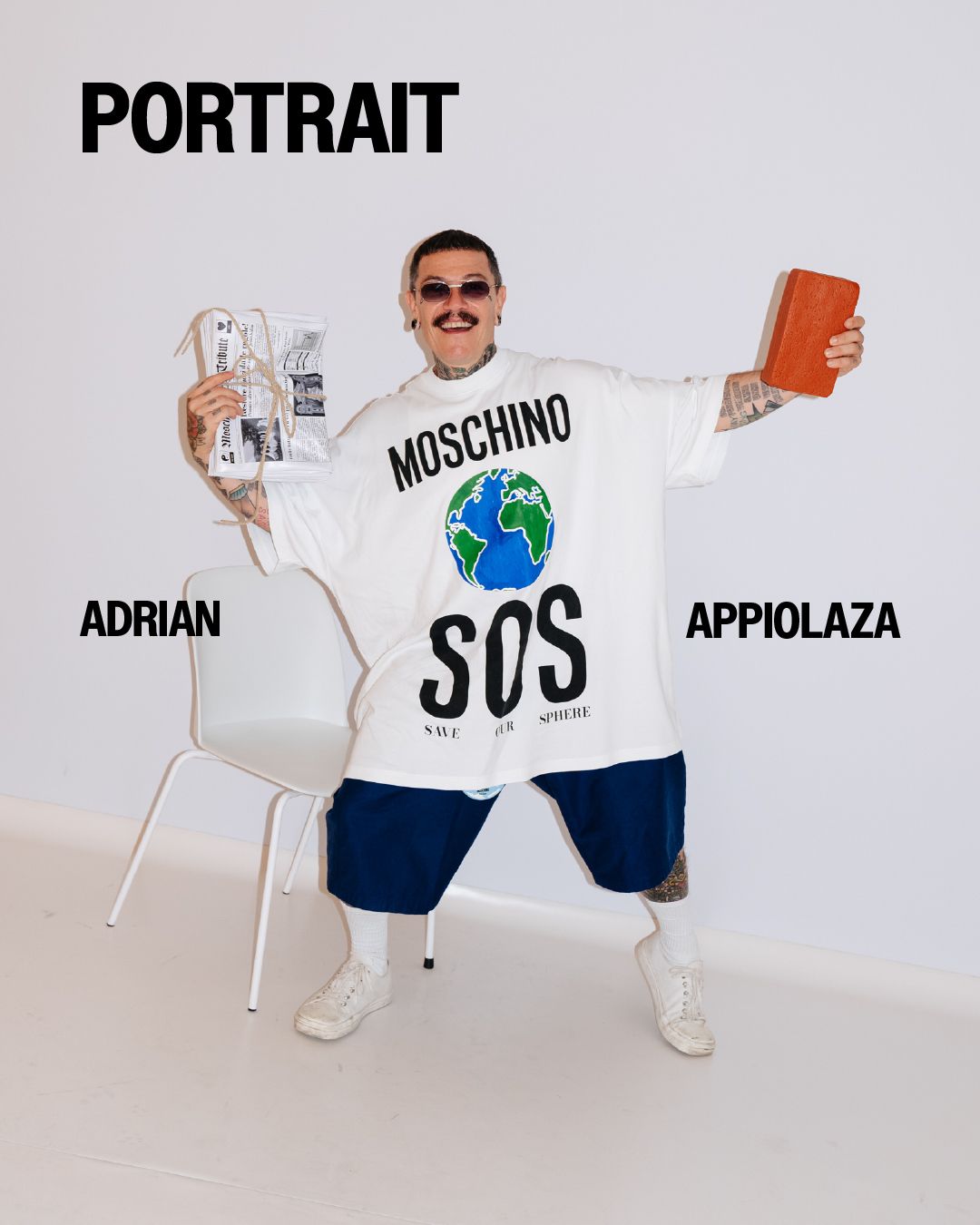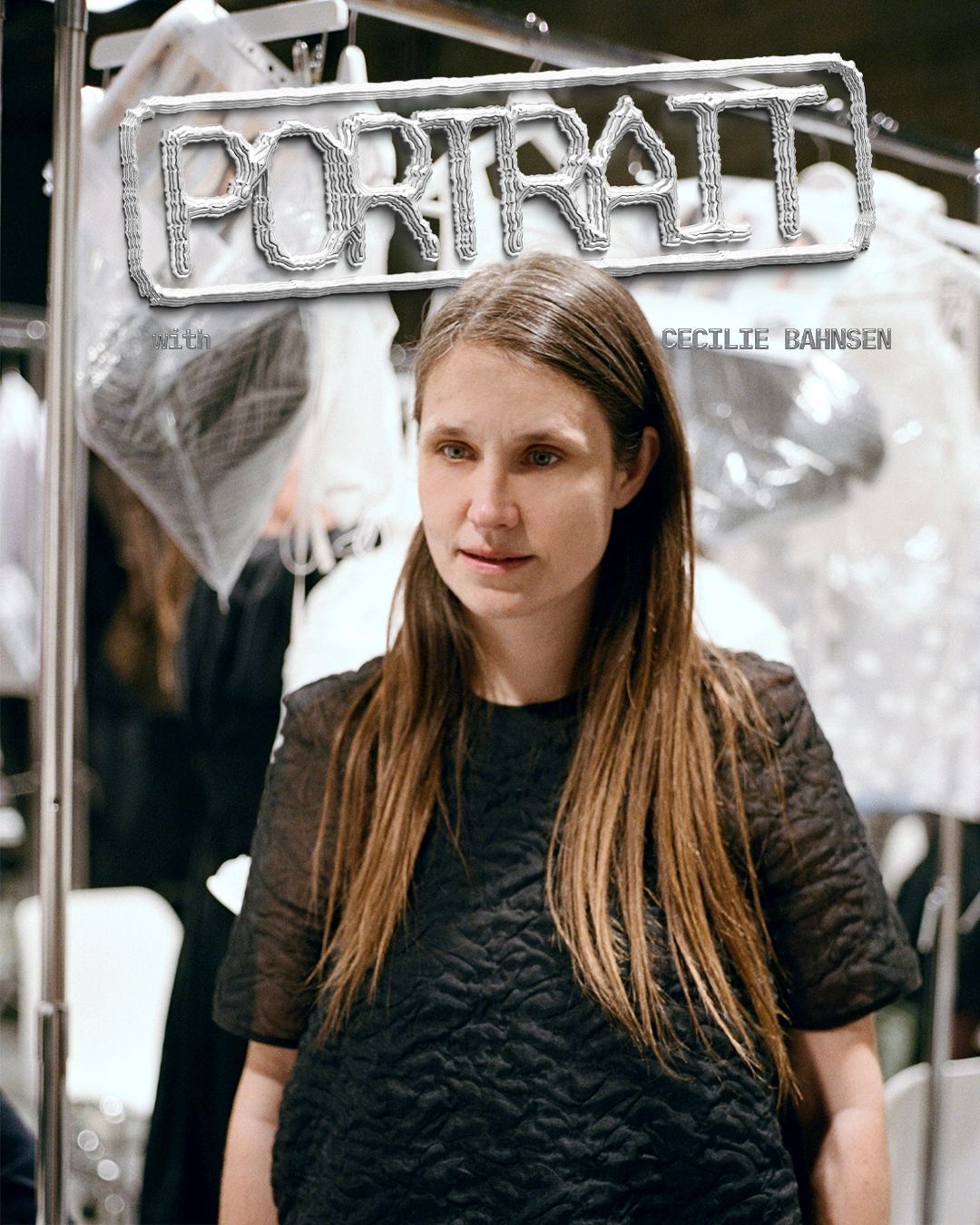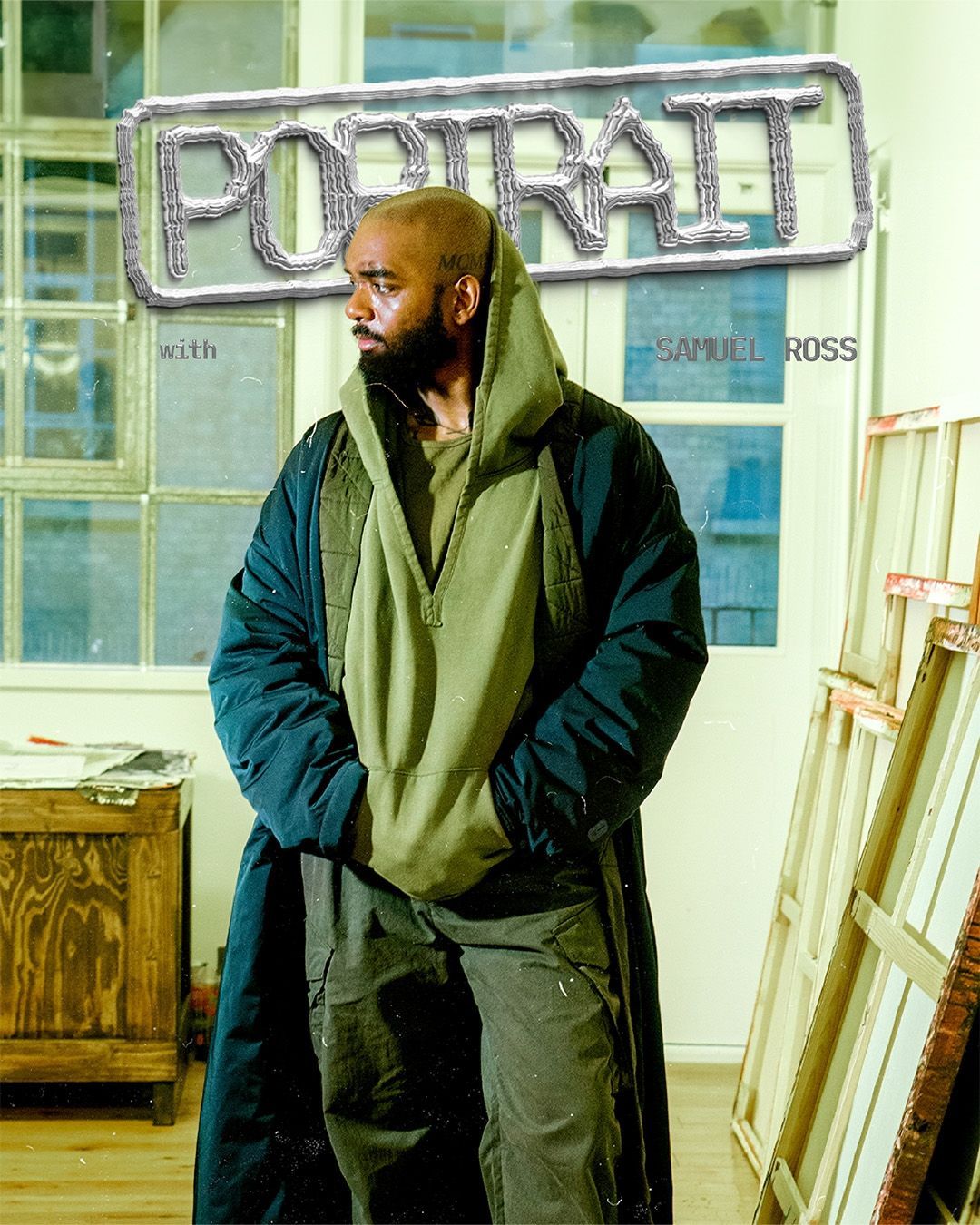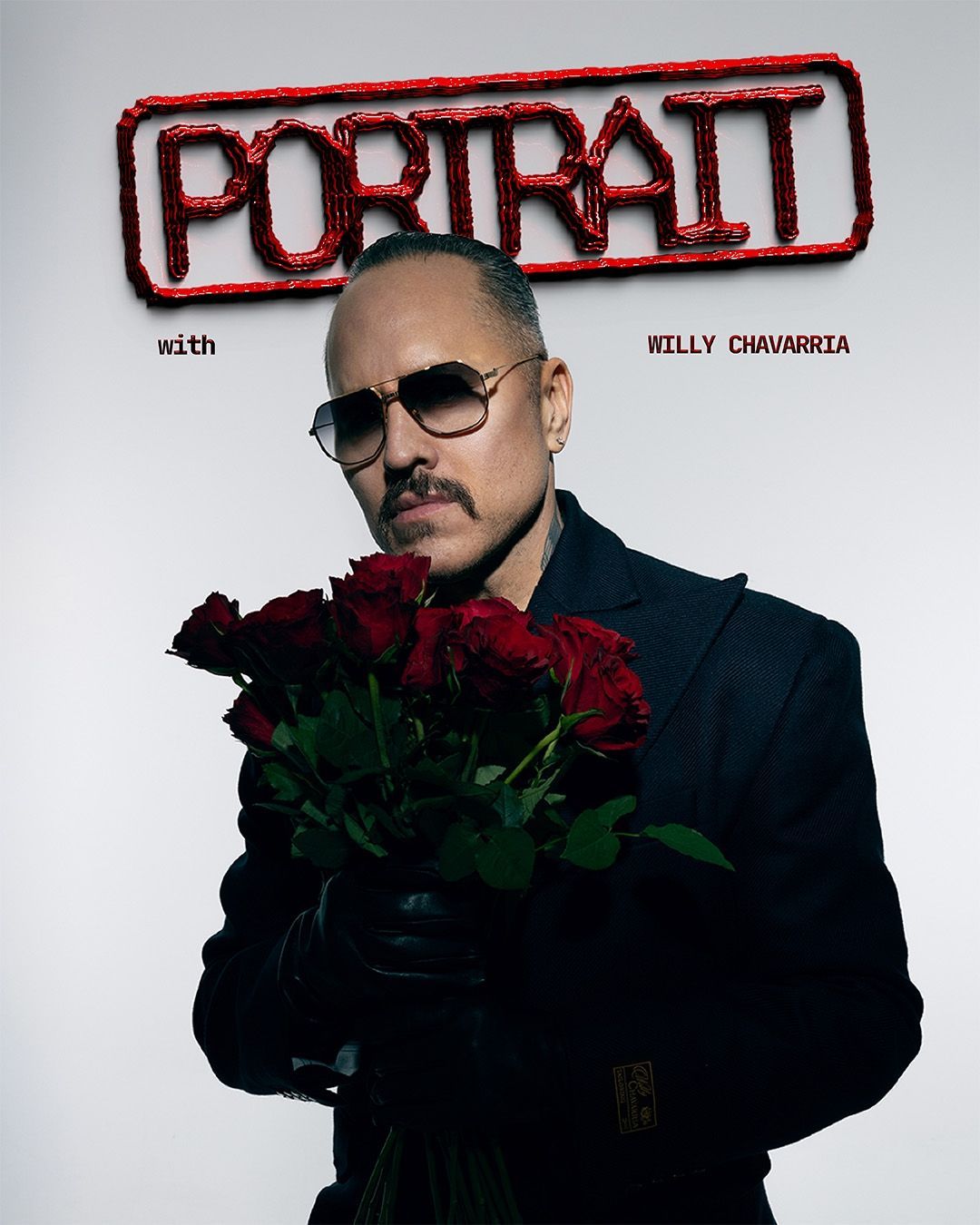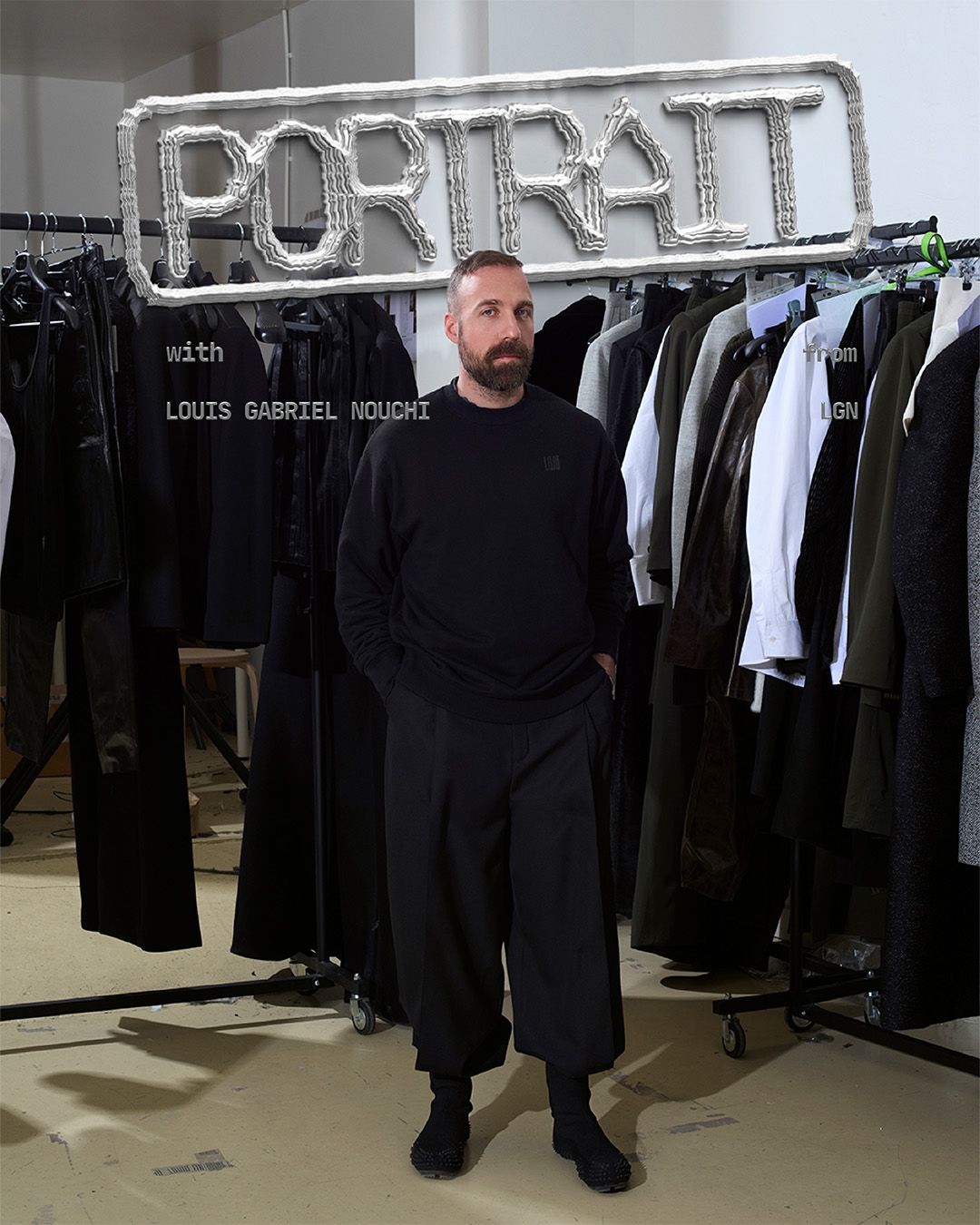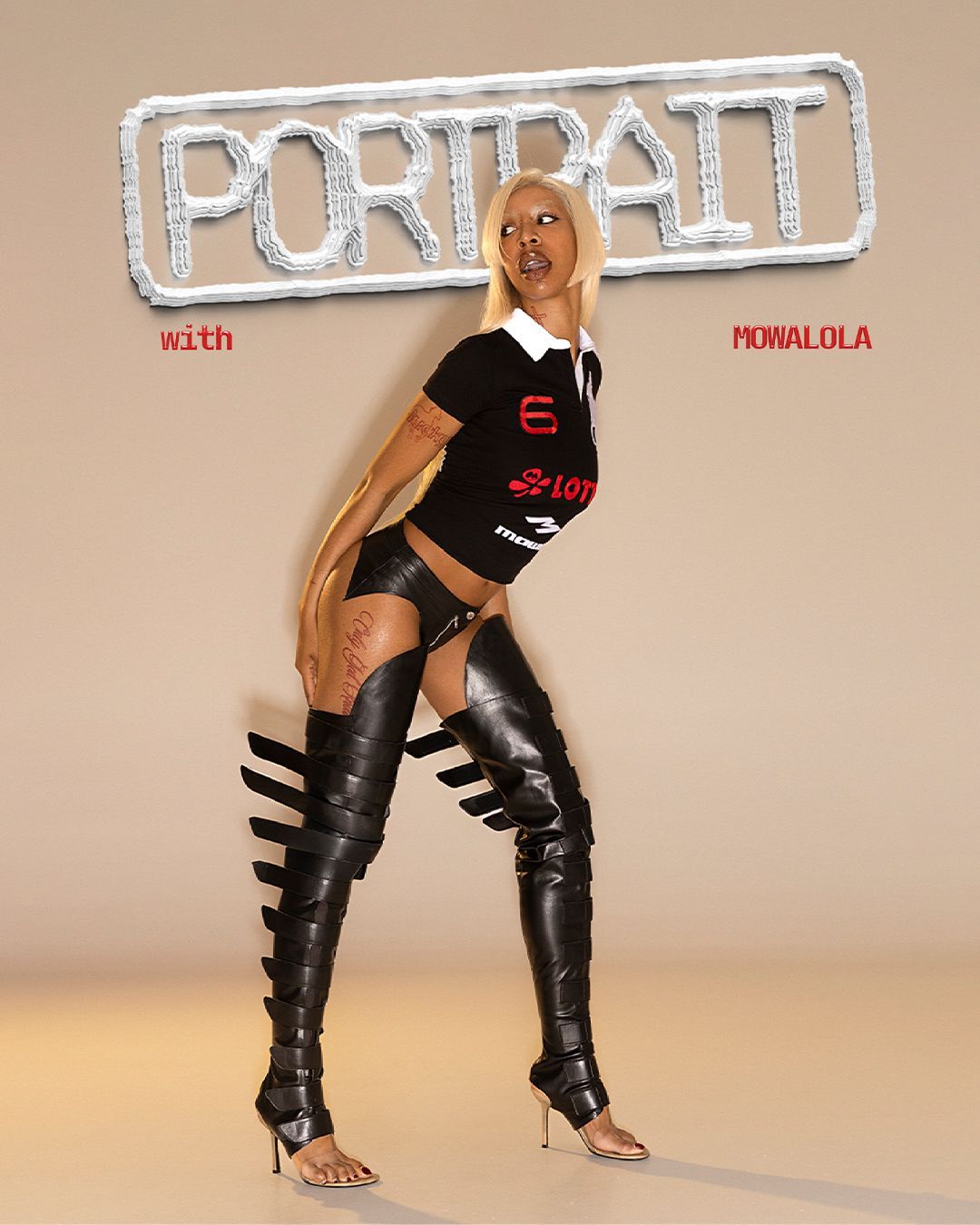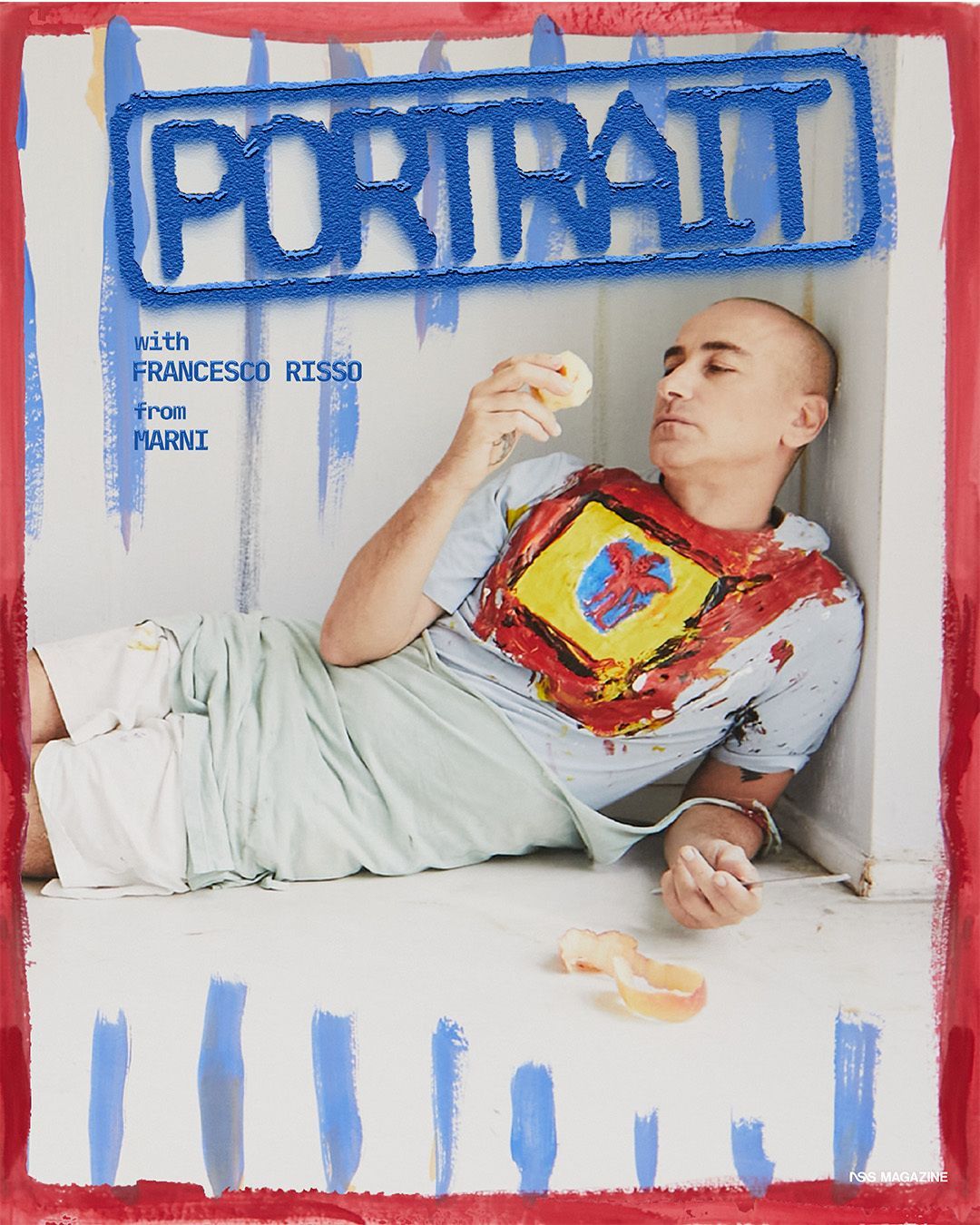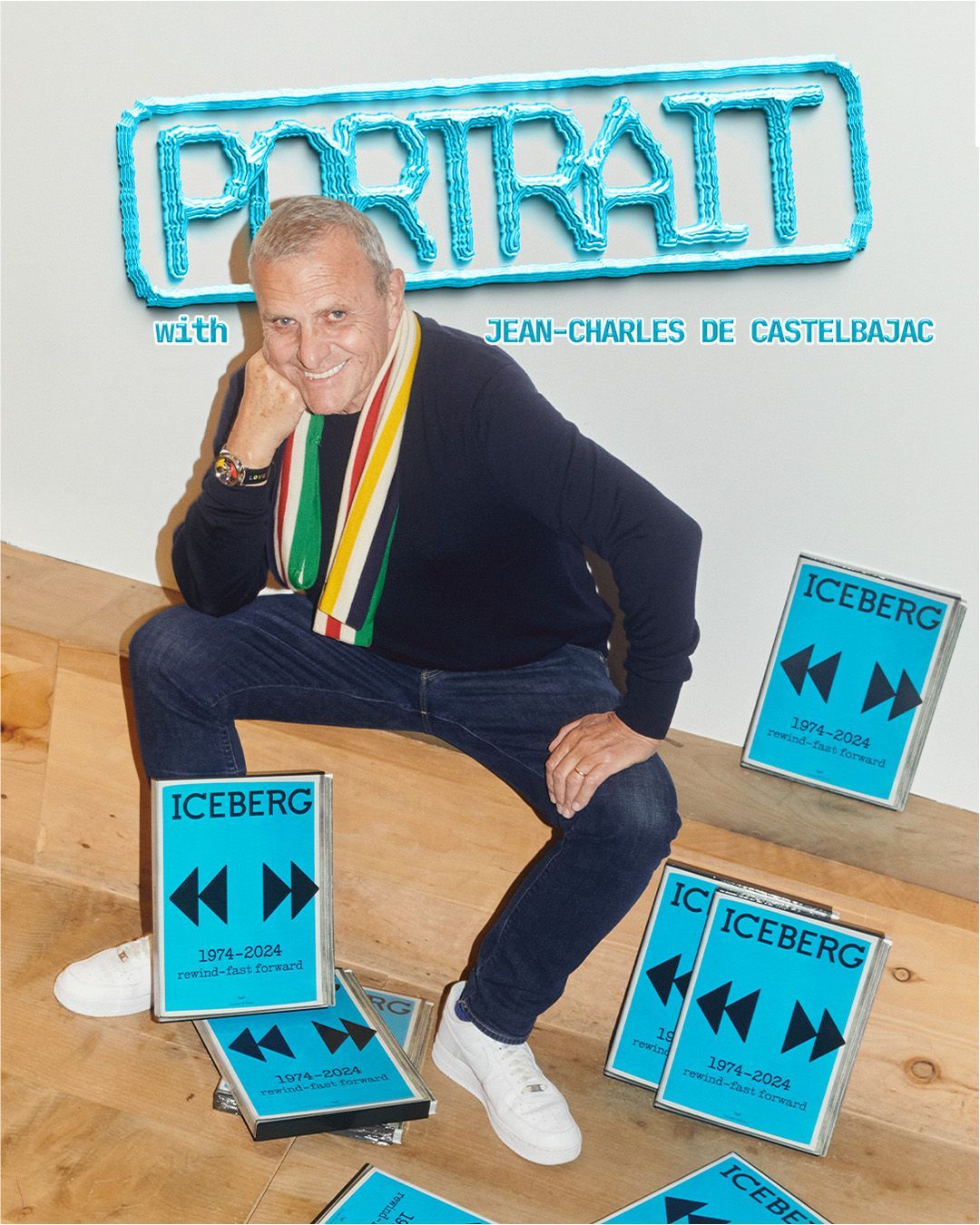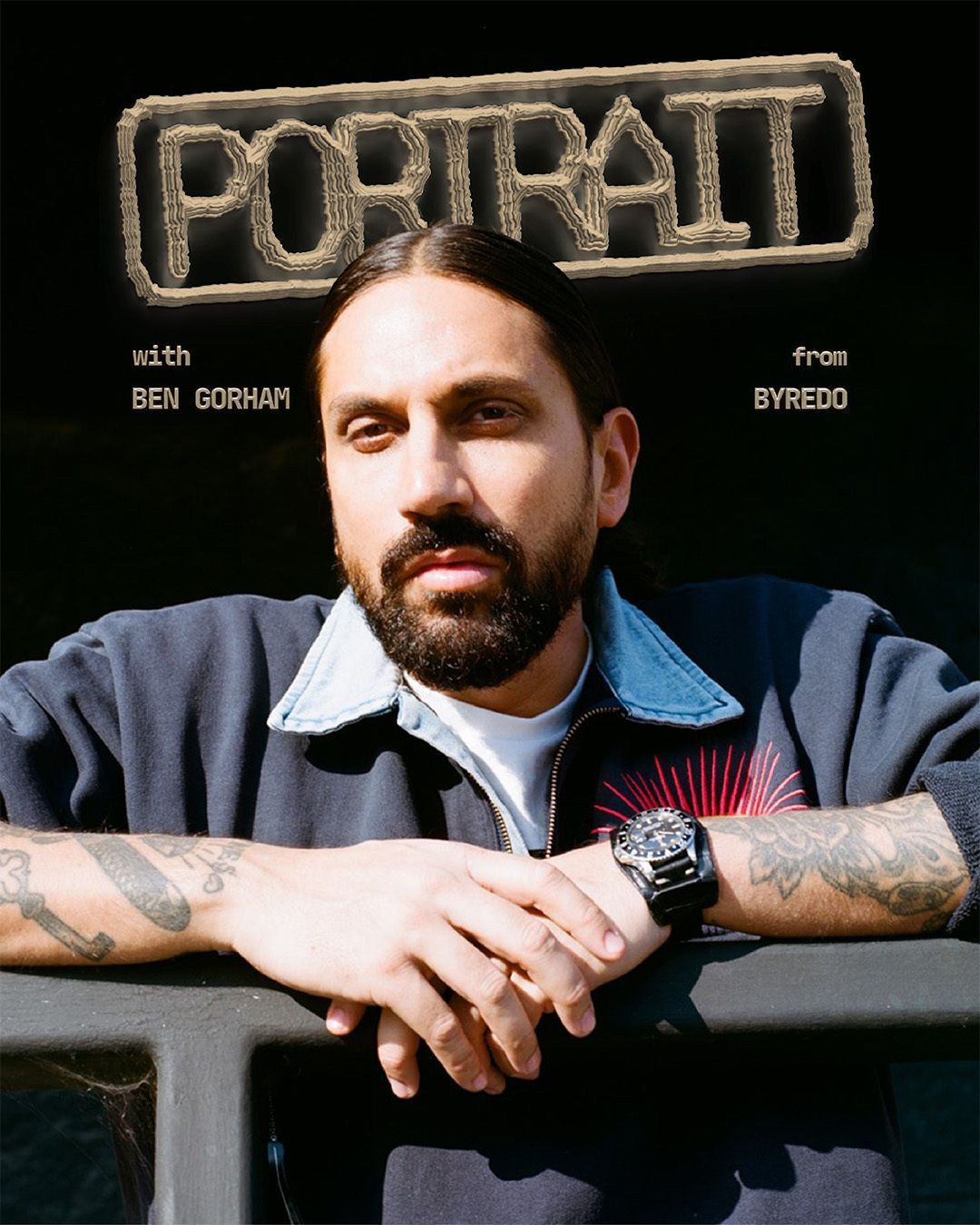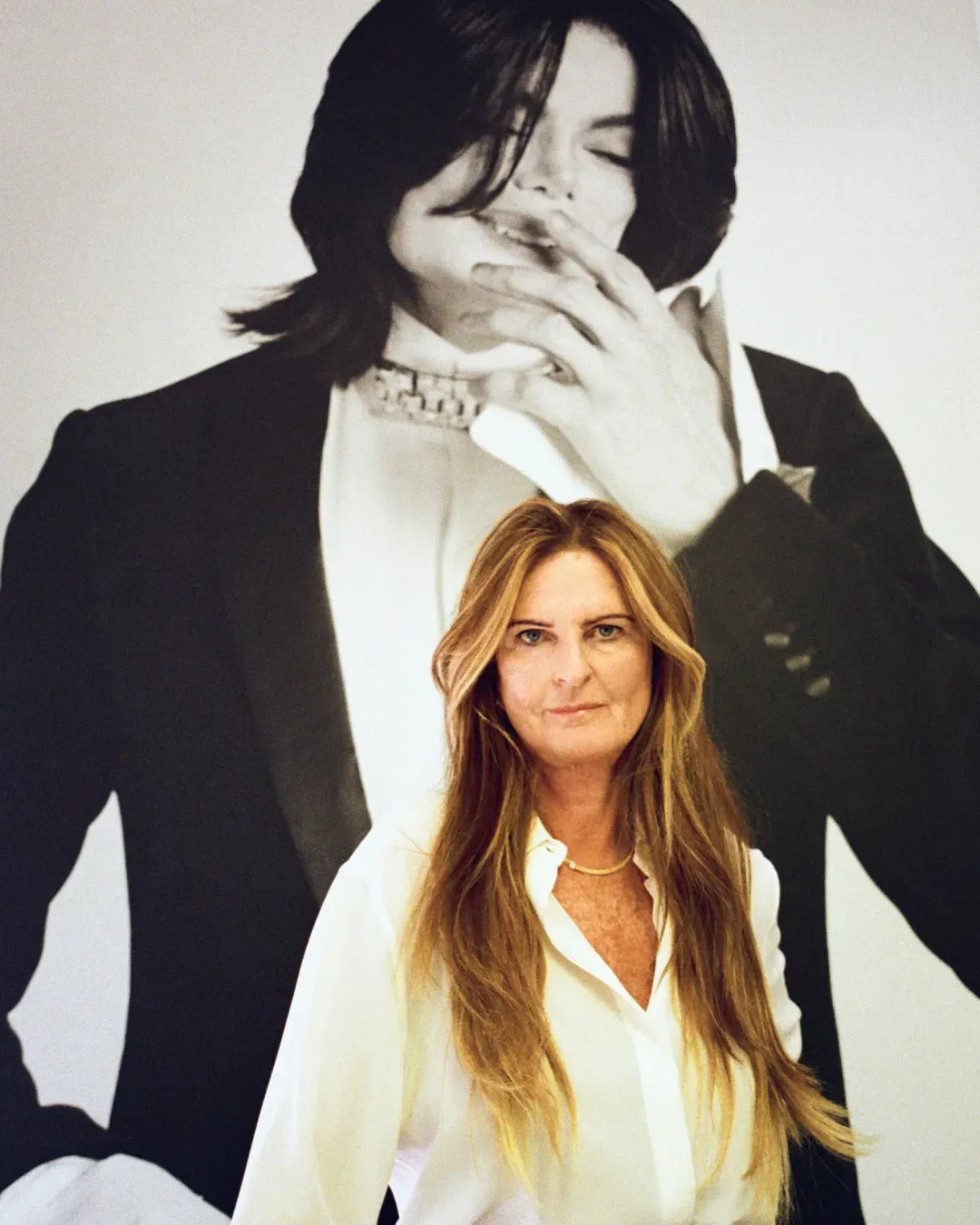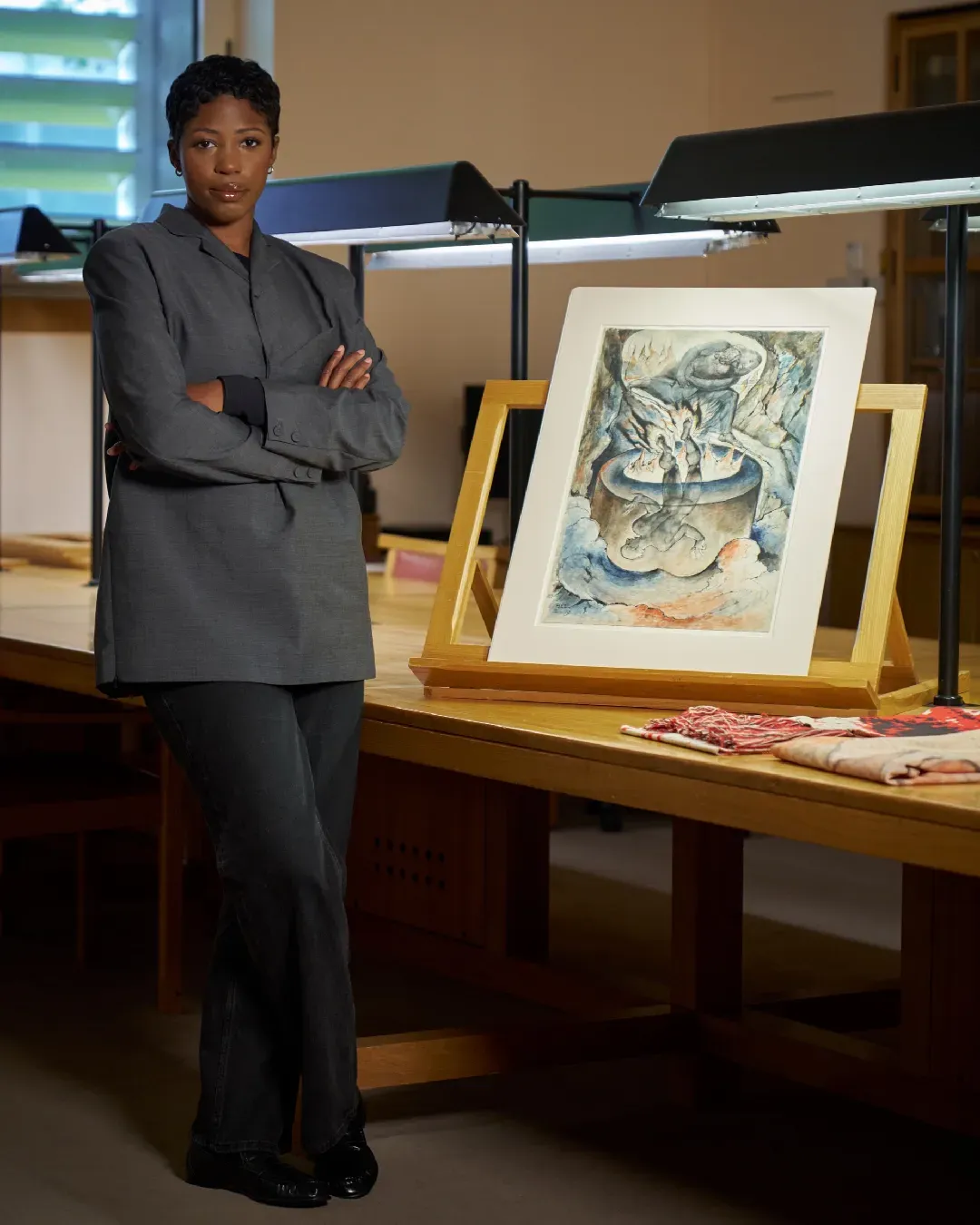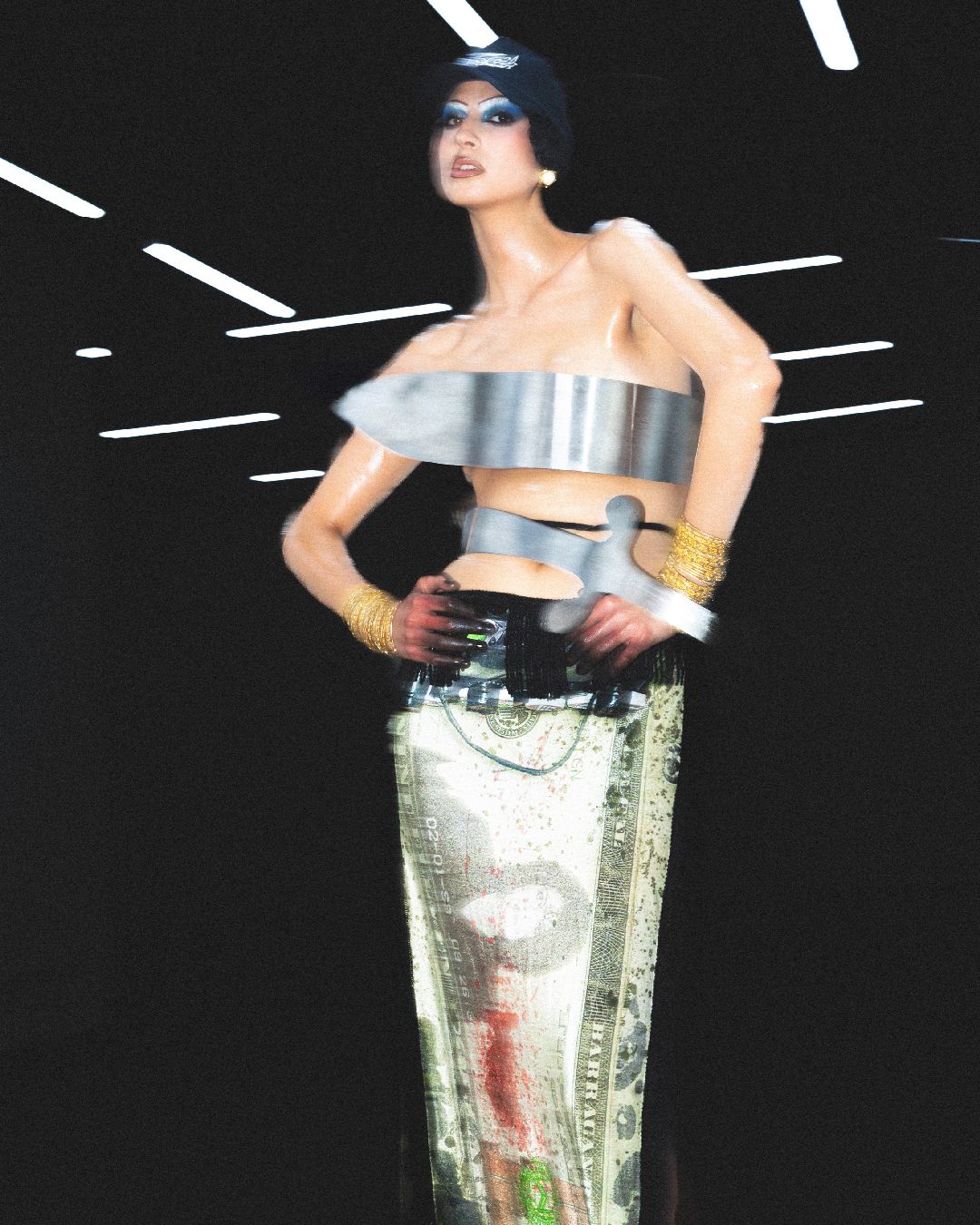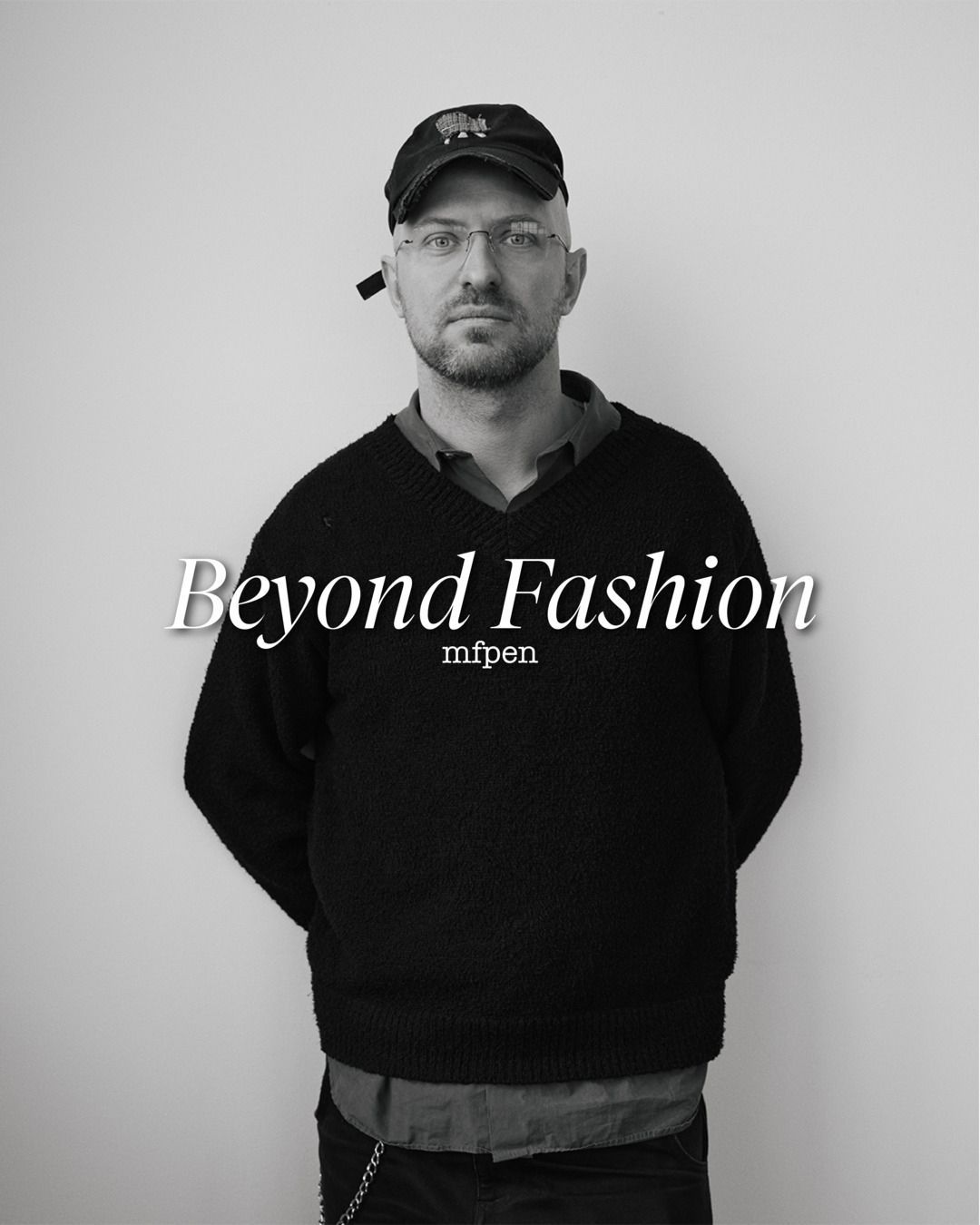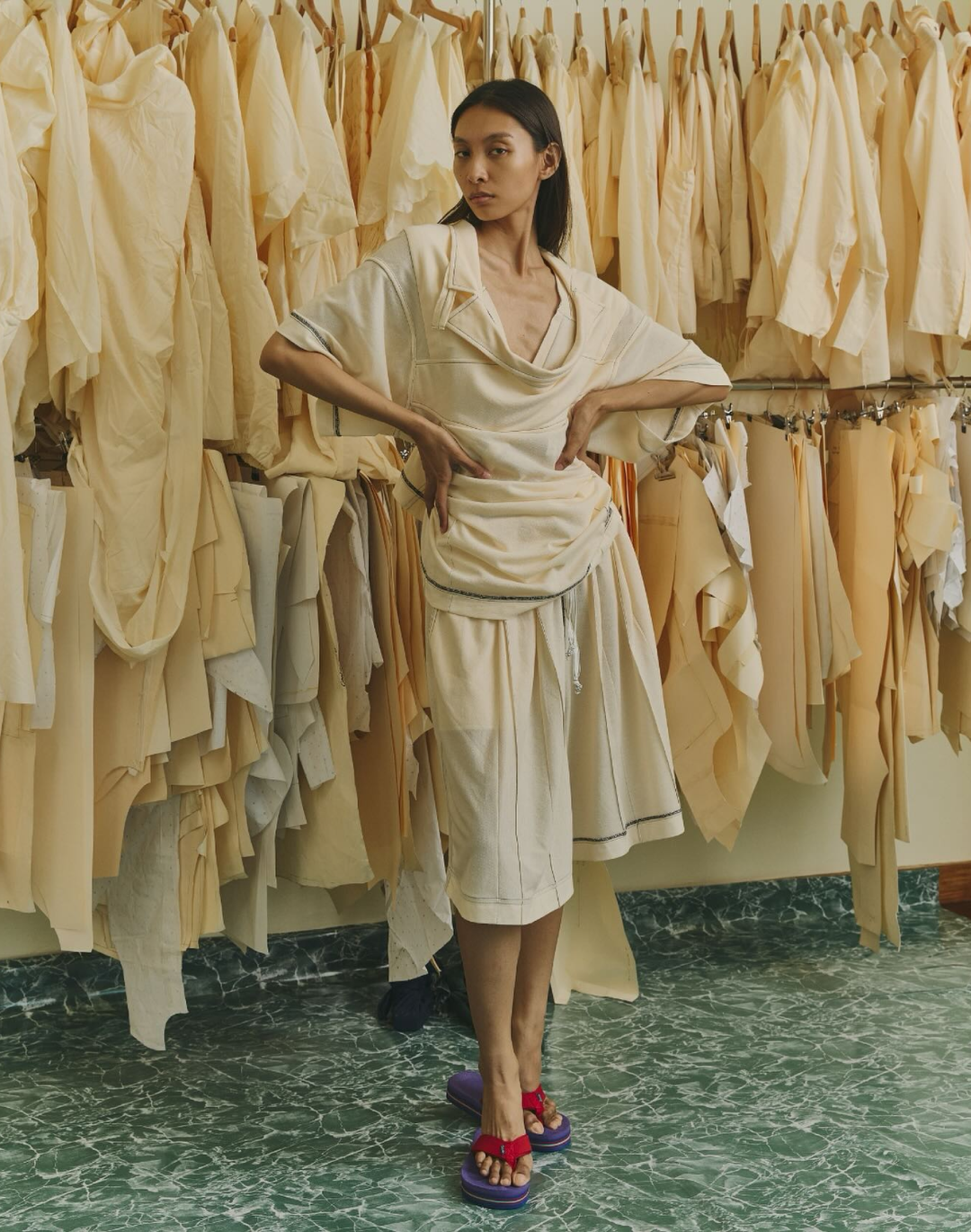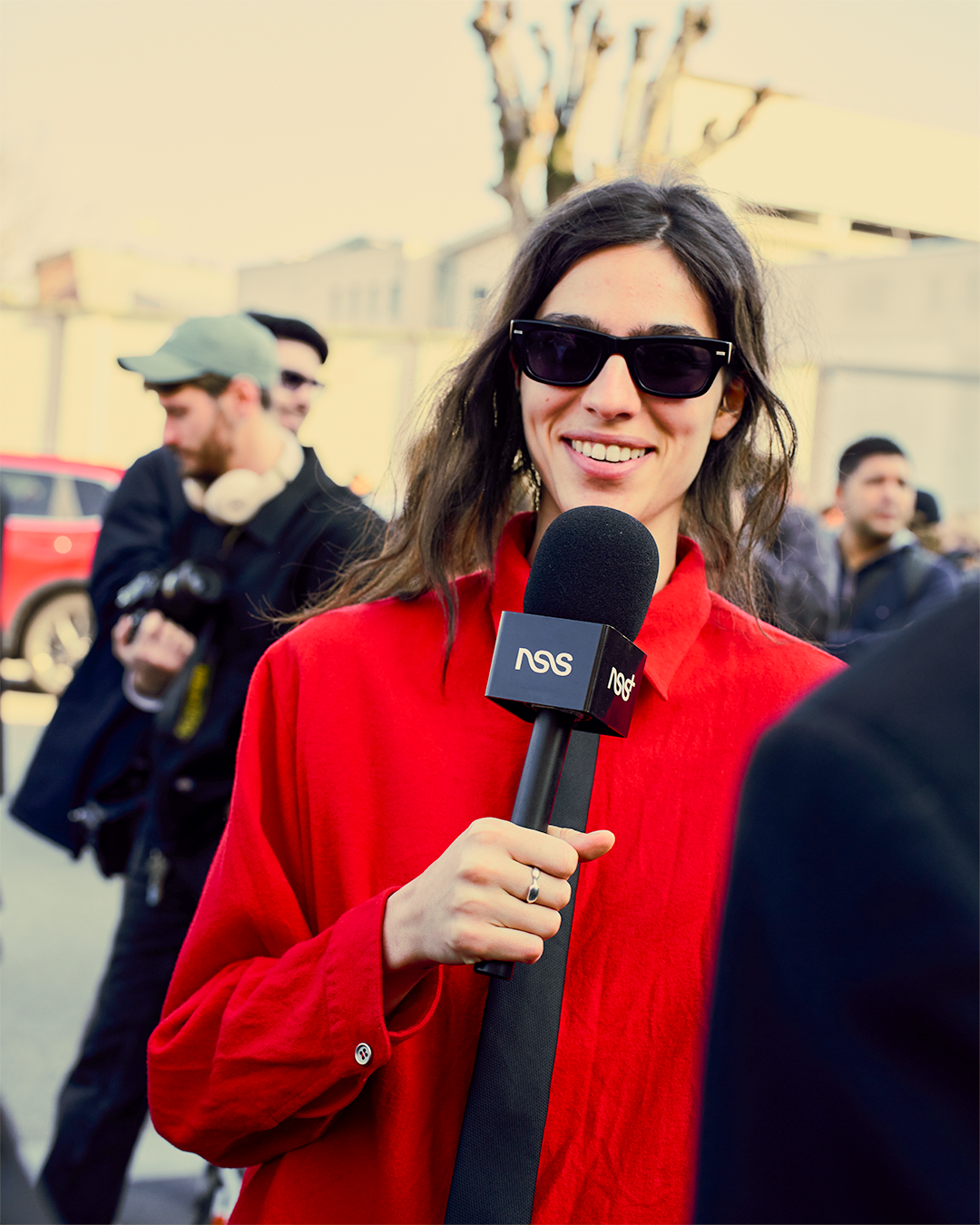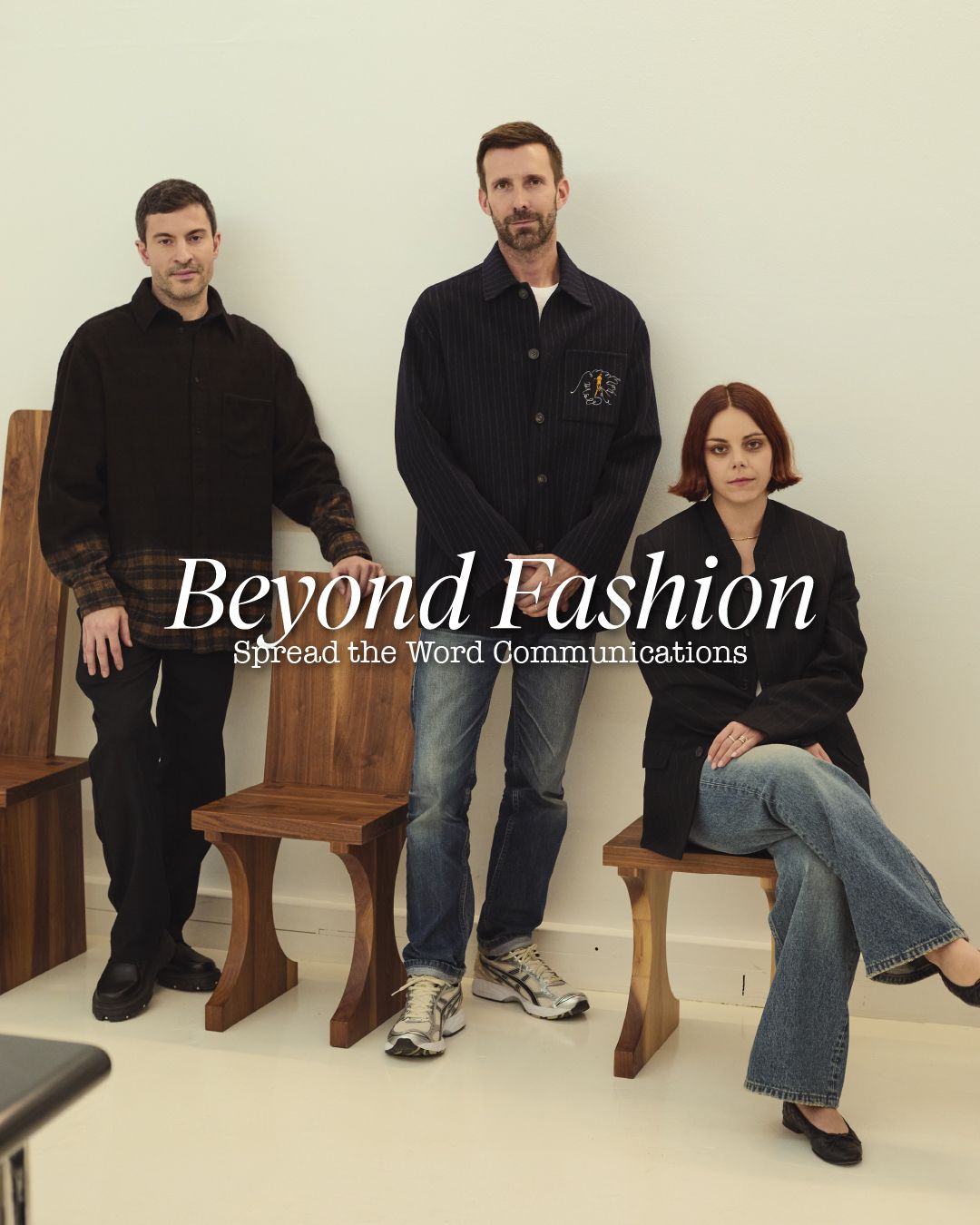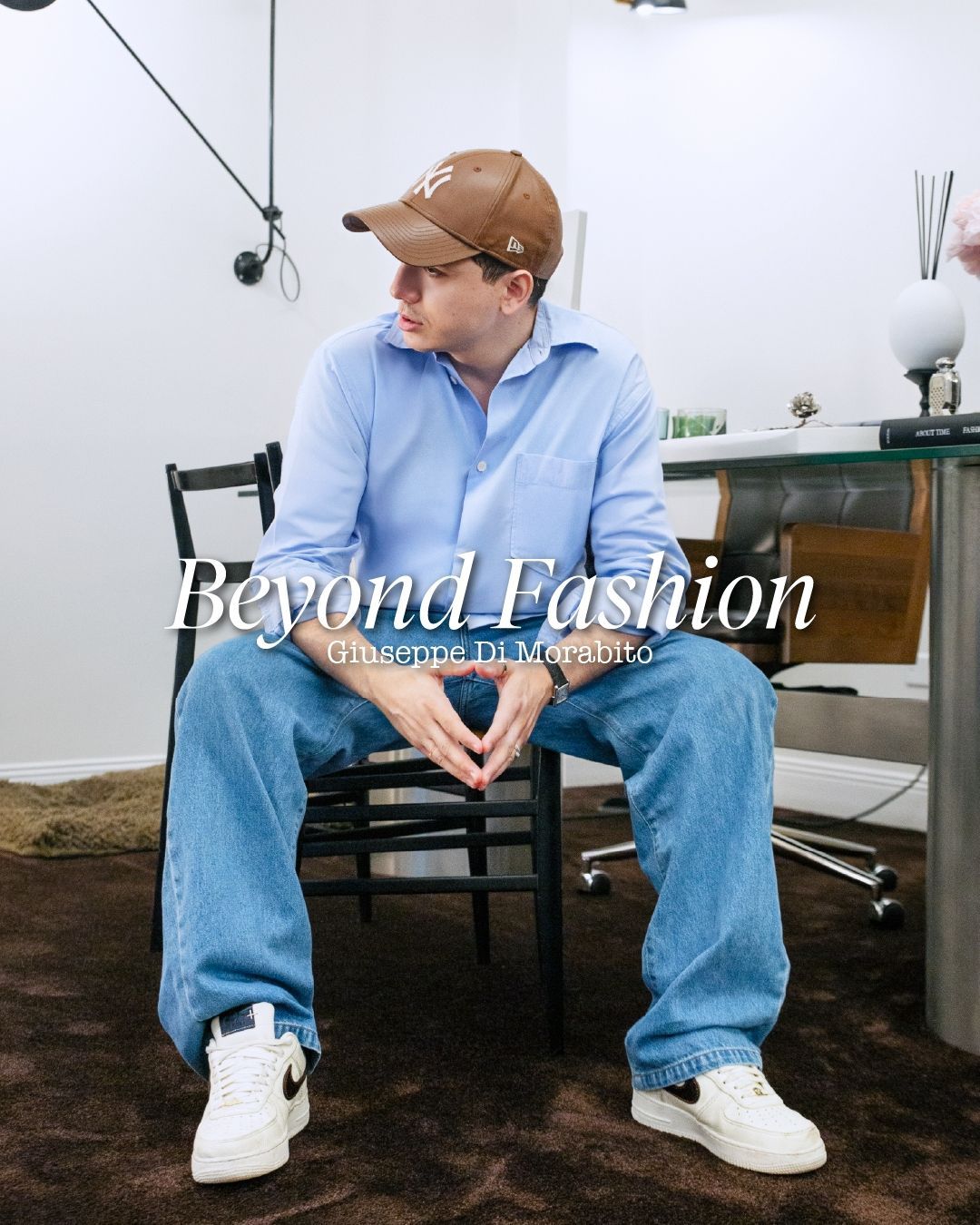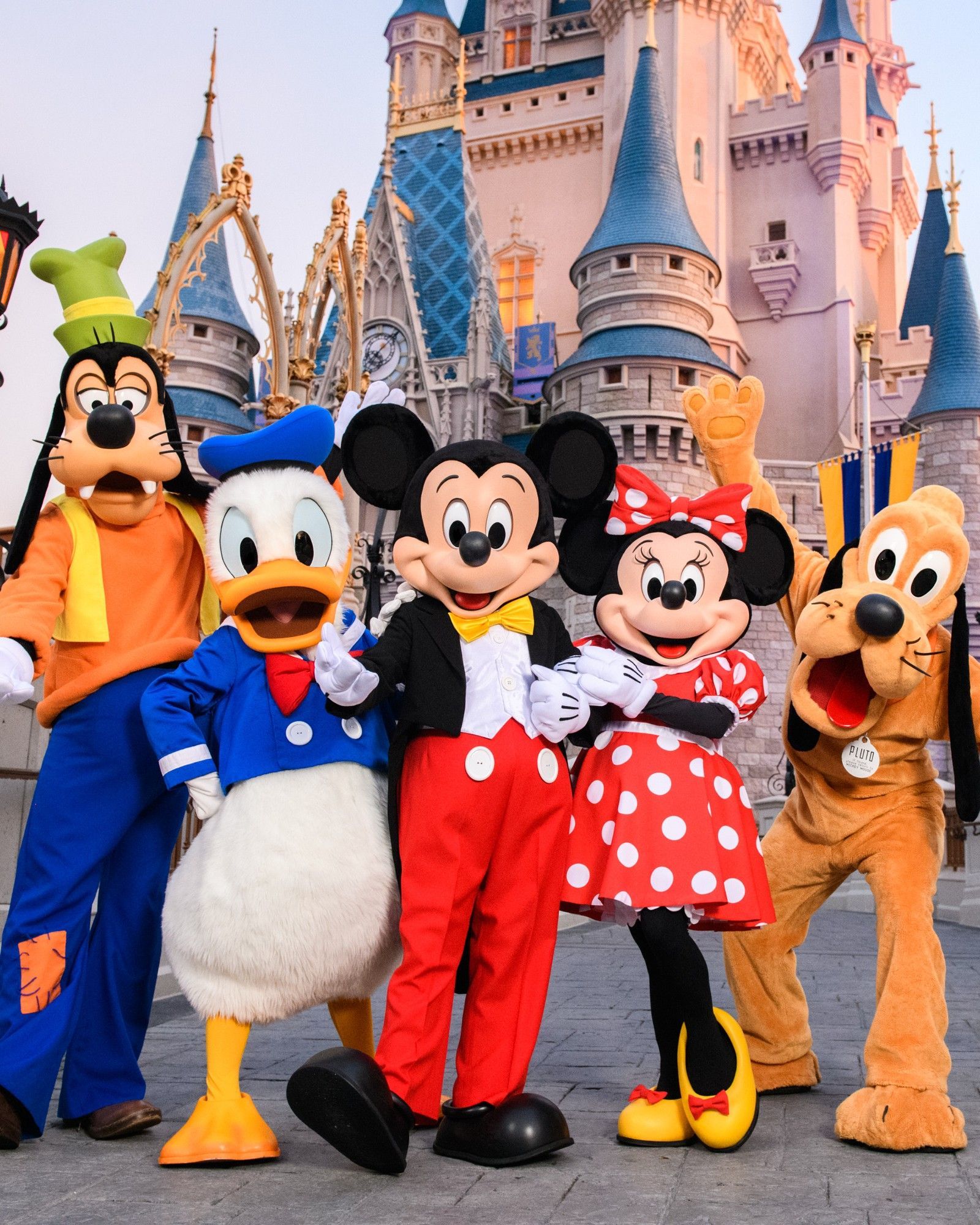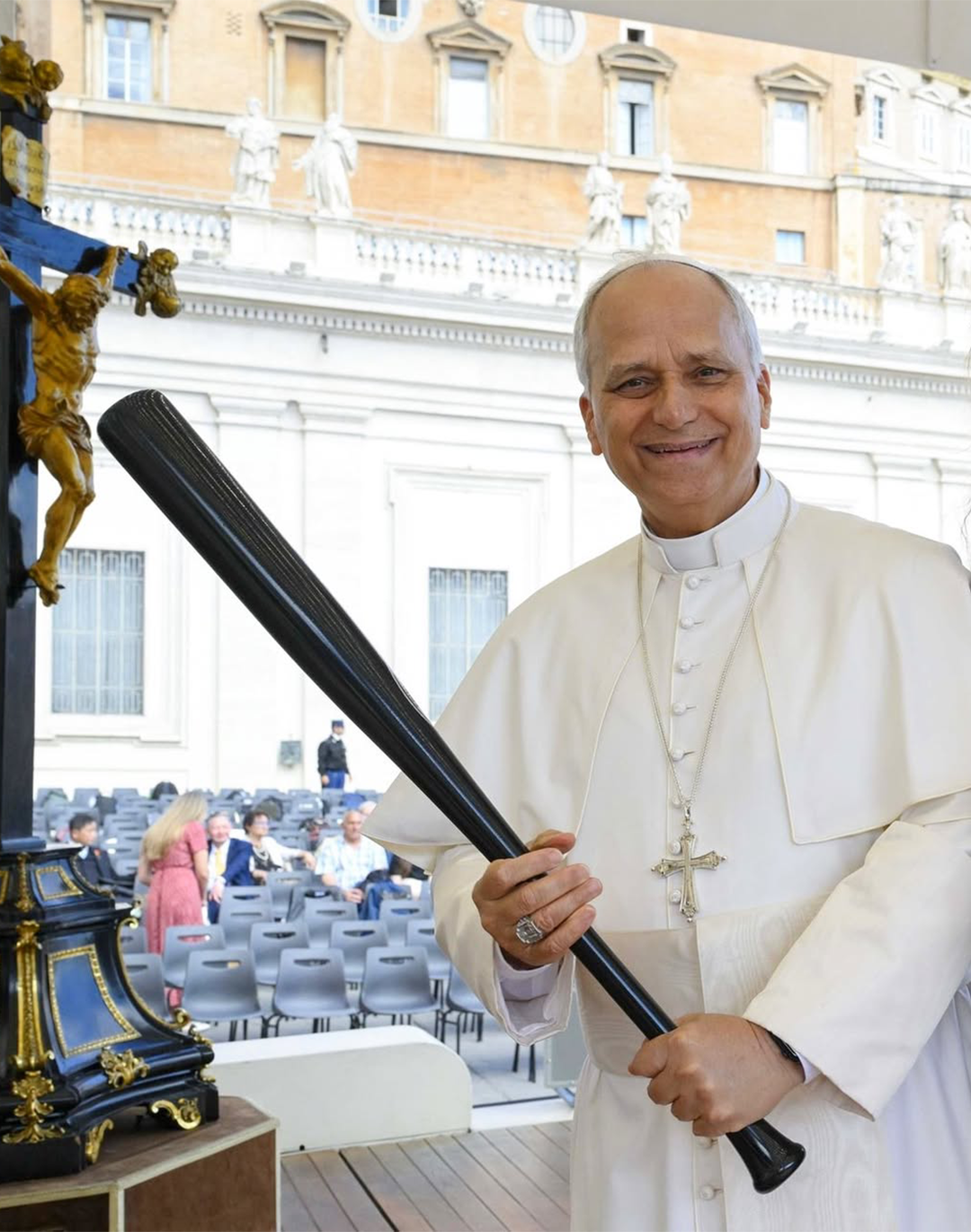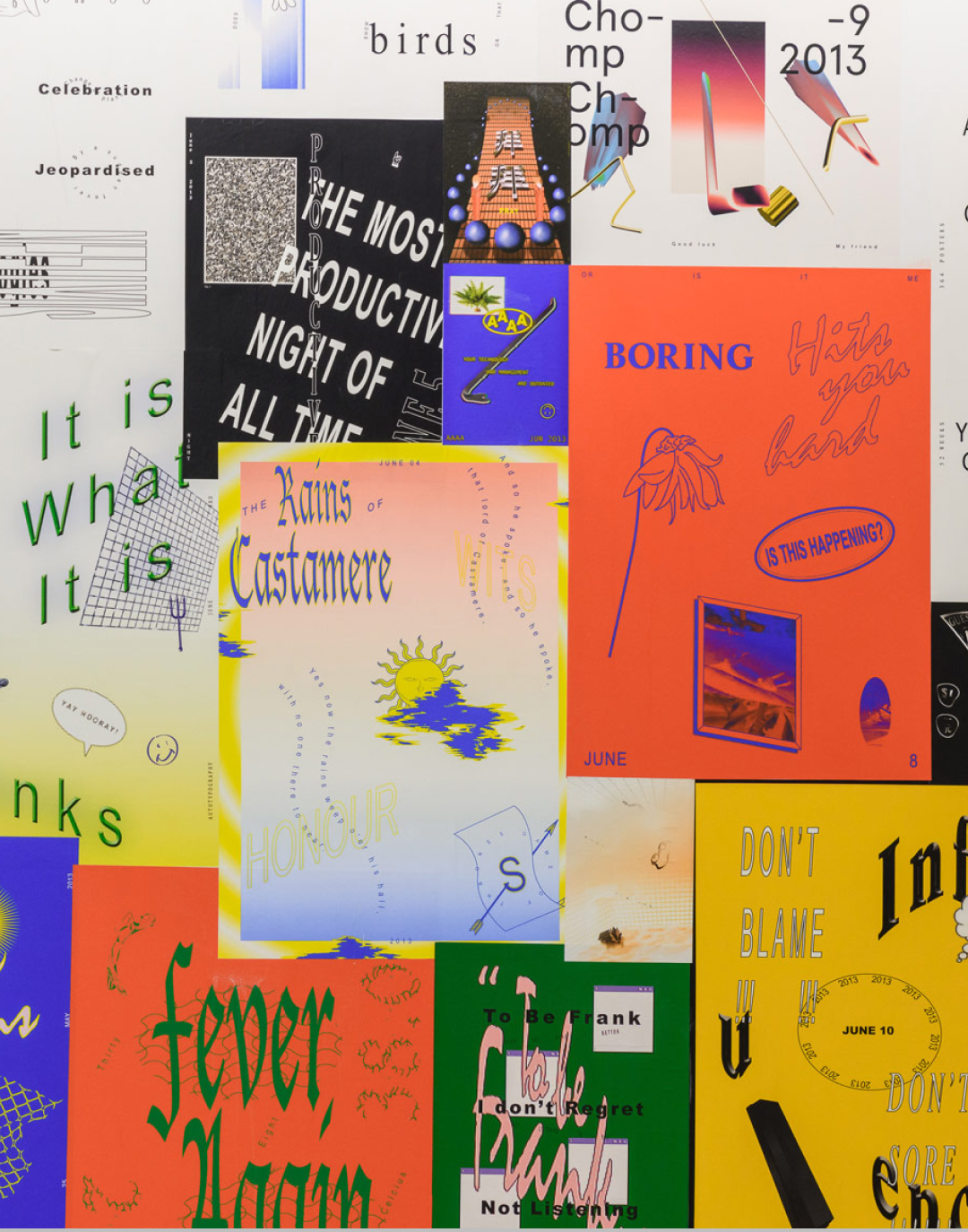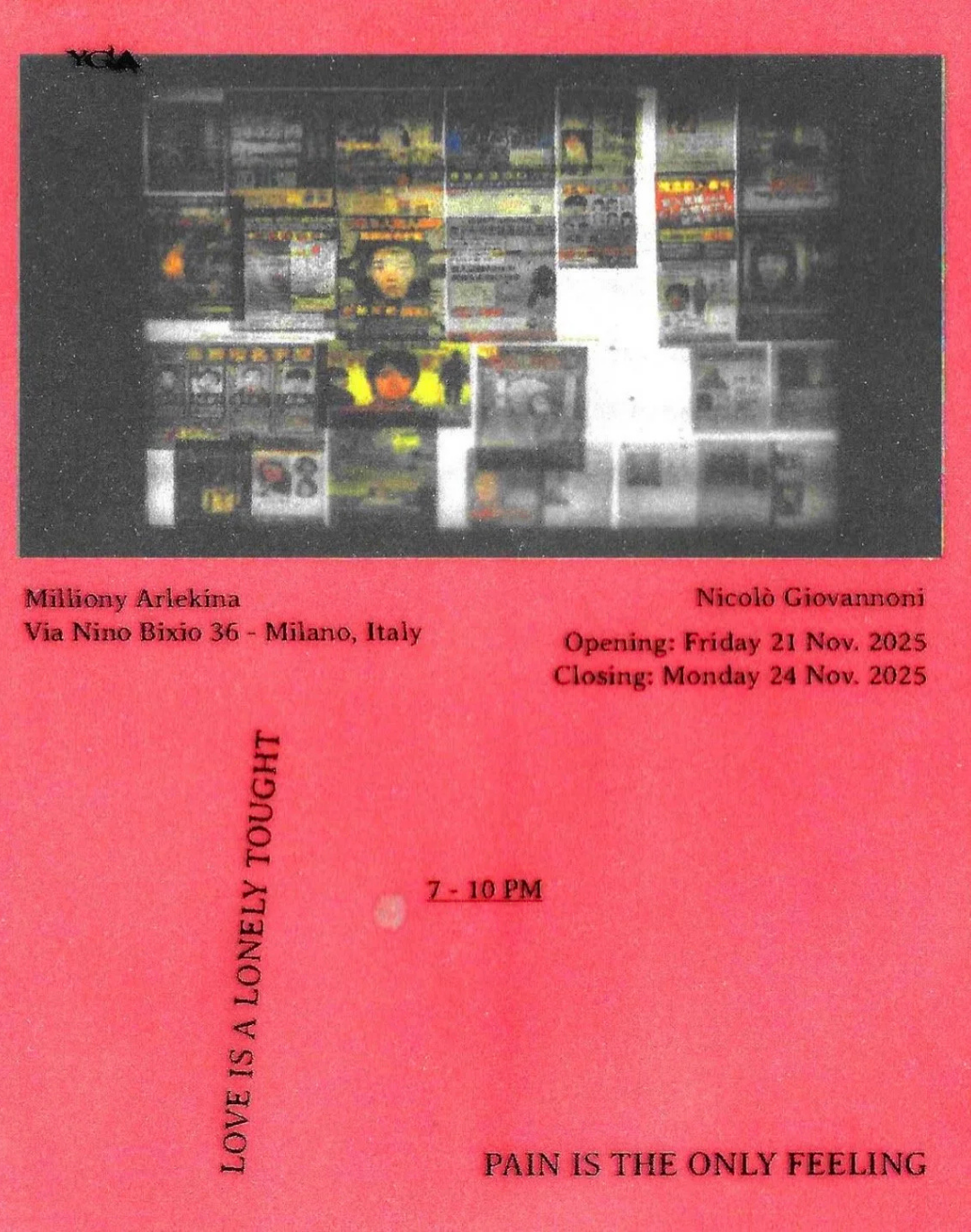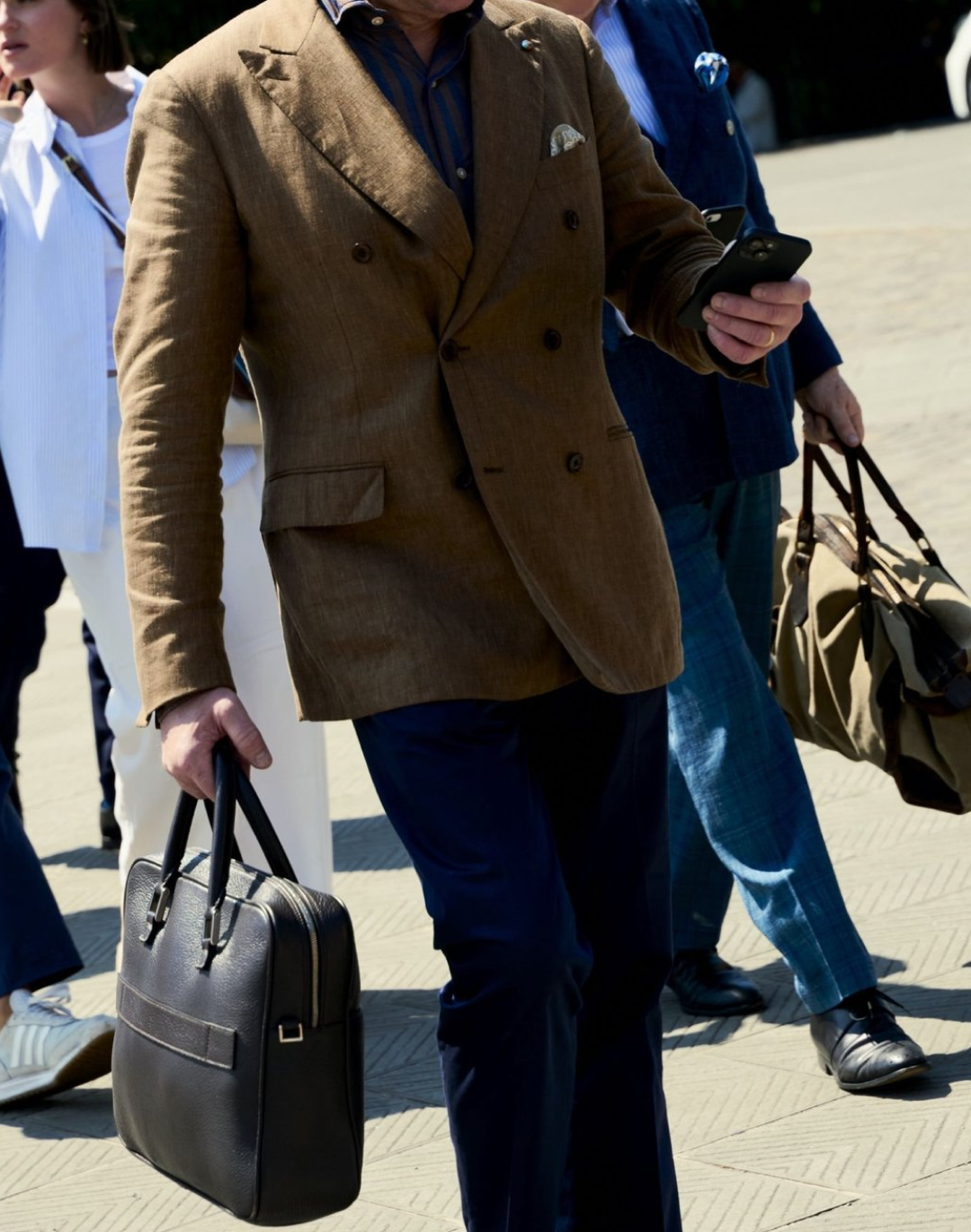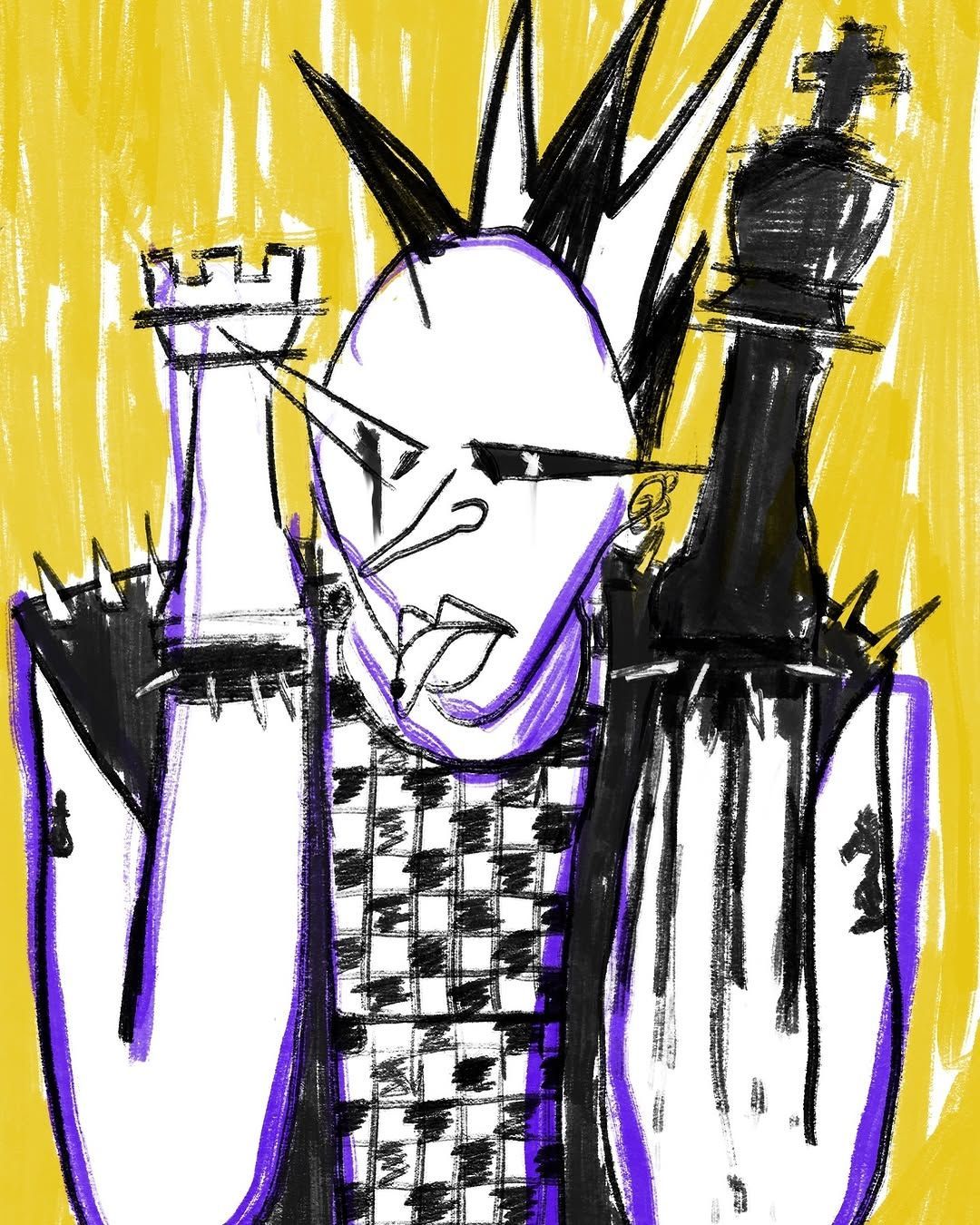
Digital art explained by those who know it well Interview with Ludovica Rosi, co-founder of Zero One
What is AI art, and can it be classified as such? This is one of the questions posed by Christie’s, one of the world’s largest auction houses, which held its first AI art sale this past February in New York. When the nature of the auction was revealed, thousands of artists, enthusiasts, and art critics lashed out against Christie’s: around 6,000 people signed a petition to cancel the event, arguing that the programs used to create the artworks were based on copyrighted works. Christie’s states that «AI is inherently human». The house’s Digital Art Manager, Sebastian Sanchez, asserts that «Code can be considered a type of craft» and that «hands are always involved in some form, even if not necessarily in the traditional sense of painting or drawing. Engineers program the networks, and some artists use pre-existing tools, generating art through refined textual prompts». The controversy surrounding artificial intelligence’s entry into the art world continues to grow, now extending to the publishing sector, fashion, interior design, and architecture. This spring, the issue will reach Italy, specifically Milan Design Week, the world’s most significant design event, which in its upcoming edition will be dedicated to digital innovation and artificial intelligence. However, as always, in all this uproar, there is something positive. «Innovation has always caused a stir», recalls Ludovica Rosi, co-founder of the digital art platform Zero One. «So the fact that 6,000 artists have signed a petition against AI is actually very positive—it means this is truly a revolution».
Zero One is a digital art-sharing platform that, in addition to being one of the first social media of its kind, seeks to rewrite algorithm rules by eliminating likes. The app allows users to post their works for free through a system where a “like” translates into actual ownership of the artwork. «There is a real transfer of ownership», explains co-founder Rosi, «an artist can share up to one artwork per day». Creativity becomes the main currency on Zero One because, to own a piece, one must share and interact with others. Since its launch in August 2023, Zero One has embraced various art forms, from sculpture to painting, including graphic design, podcasts, and even audiovisual works. «It’s becoming a sort of open museum», Rosi continues, «welcoming all kinds of art without any filters». For the co-founder of Zero One, this is the true strength of digital art: while the sector has long been closed in on itself, constrained by both the elitist system it has built over the years and the physical limitations of gallery spaces, the platform allows even the most isolated artists to showcase their work. «I love that an artist from Argentina can post their work, and someone in Iran can see it—this is a space where everyone meets».
Beyond supporting digital artists, one of Zero One’s main goals is to «create a market and educate a new generation of collectors to understand the value of digital art». Many artists who participated in Christie’s auction last February are part of Zero One’s ecosystem, Rosi explains, revealing that the so-called «bad press» surrounding the event is actually benefiting the entire sector. The most fascinating aspect of digital art, the co-founder explains, is that the creation process, the artist, and the observer often become part of the artwork itself. Some pieces result from years of study and refinement of AI, meaning the final product conveys a long process that, in a way, represents «an extension of the artist’s identity». Sometimes, she adds, the most interesting part of an AI-generated piece is not the artwork itself but «the entire training process of the machine. Digital art is also fun; many works are interactive and generative, changing based on who is viewing them». Moreover, AI-generated artworks often serve to investigate new technologies and understand them better. At Christie’s auction, in the piece Emerging Faces (2017) by Pindar Van Arman, two AI agents work simultaneously on a series of portraits—one paints while the other interrupts it as soon as it recognizes a human face. «It’s very humanistic», comments Christie’s manager Sebastian Sanchez.
Rosi cites movements such as Dadaism, Futurism, and Impressionism to demonstrate that the outrage sparked by AI art is nothing new in the industry. «Pioneers are always ahead of their time», she adds, emphasizing that the stronger the opposition to a movement, the greater its cultural impact. In just two years, Zero One has become a sponsor of traditional art fairs in Seoul and has established itself in Tokyo, London, and Lisbon. It collaborates with Berklee College of Music in Boston, Pratt University in New York, Parsons, IFM in Paris, and even the University of Cape Verde. While Italy, with its traditional delay in artistic innovation, struggles to embrace the new movement spearheaded by Zero One, the rest of the world has already awakened to the immense potential digital artists bring to the industry. Furthermore, this is a socio-political matter, Rosi clarifies, because through cryptocurrencies—considered safer for countries affected by war or similar tensions—artists can connect with collectors worldwide. In short, if, as Zero One’s co-founder puts it, the response to digital art «is almost one of fear», then Italy is proving to be the most frightened of all.


